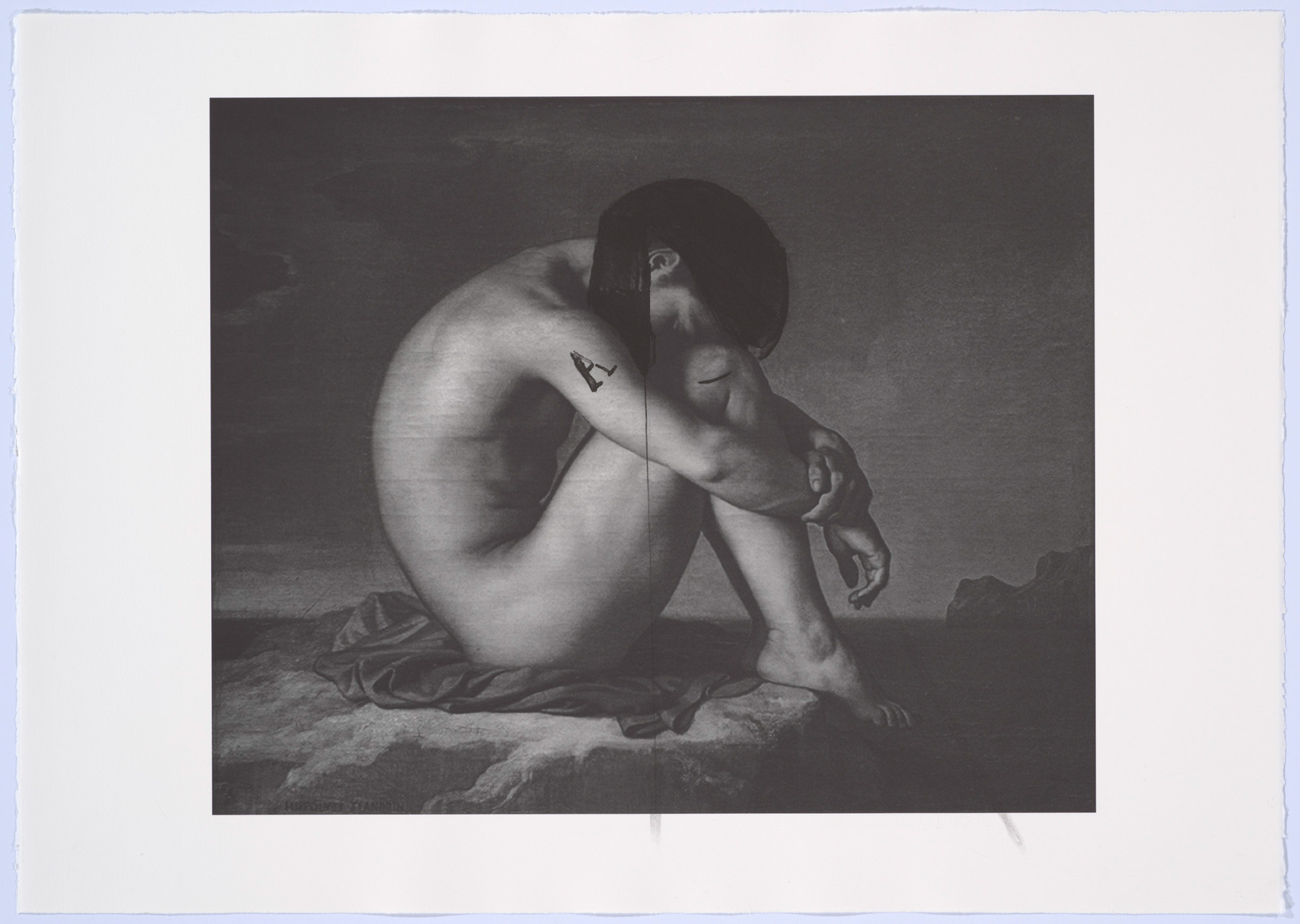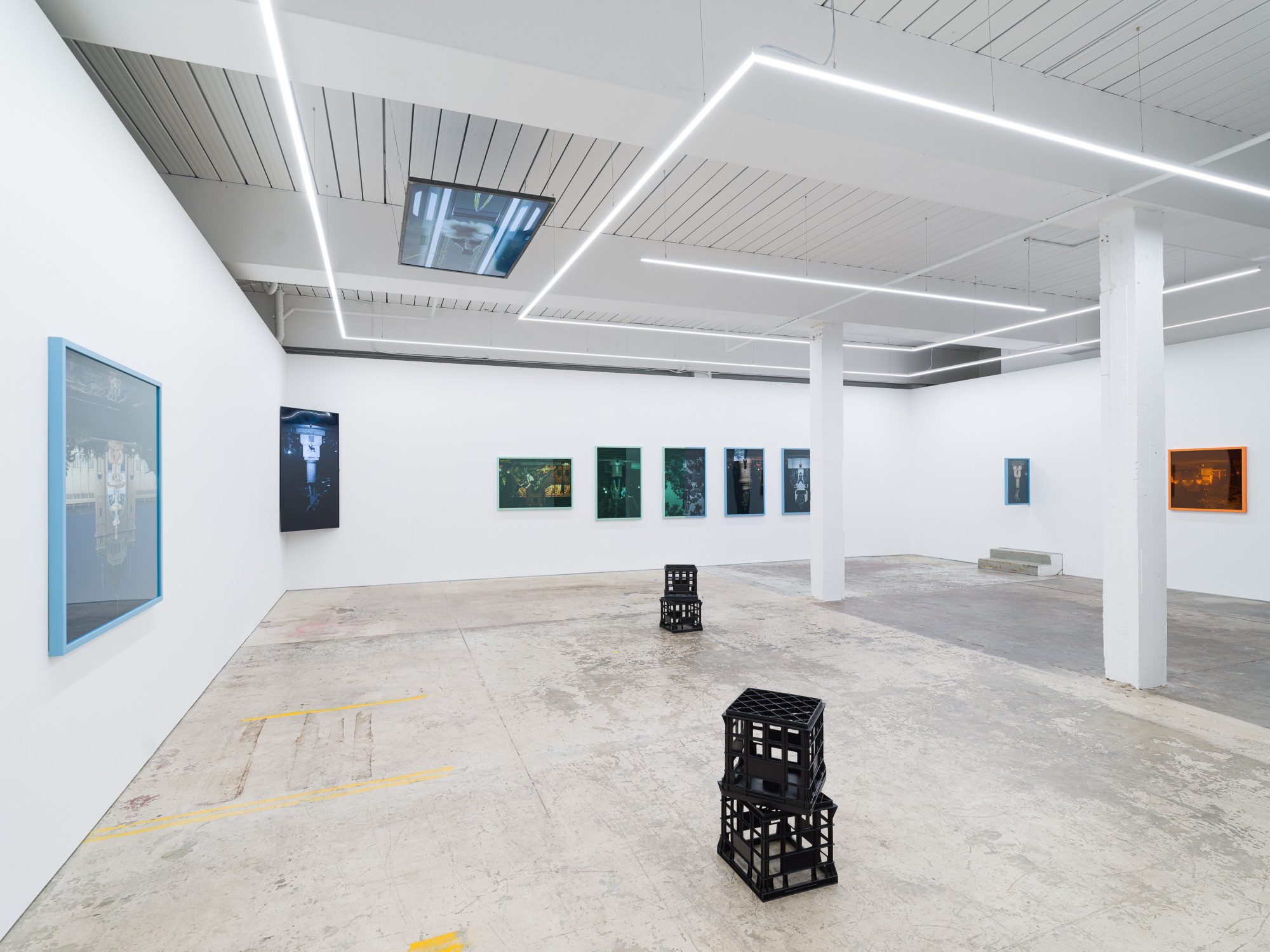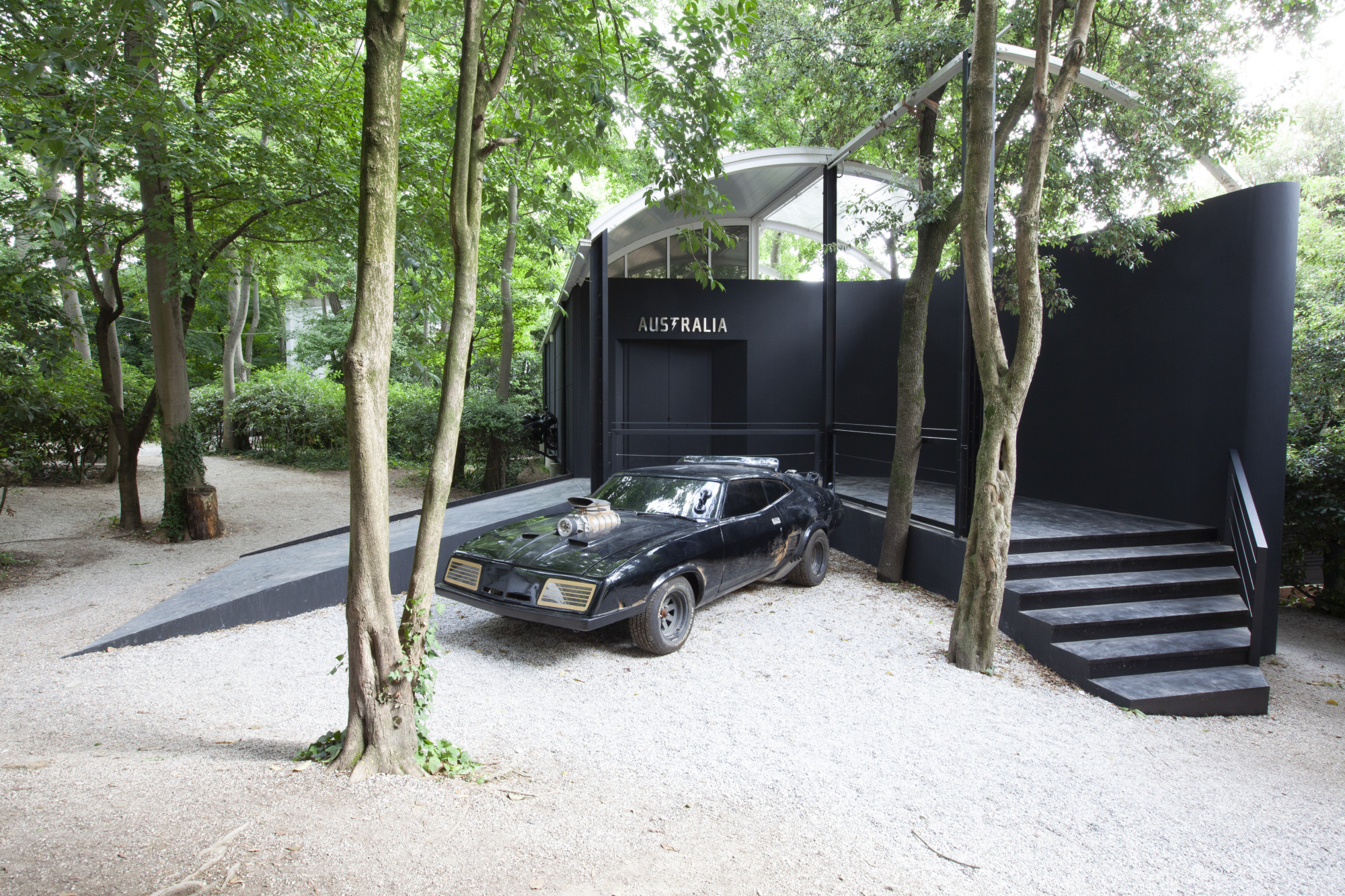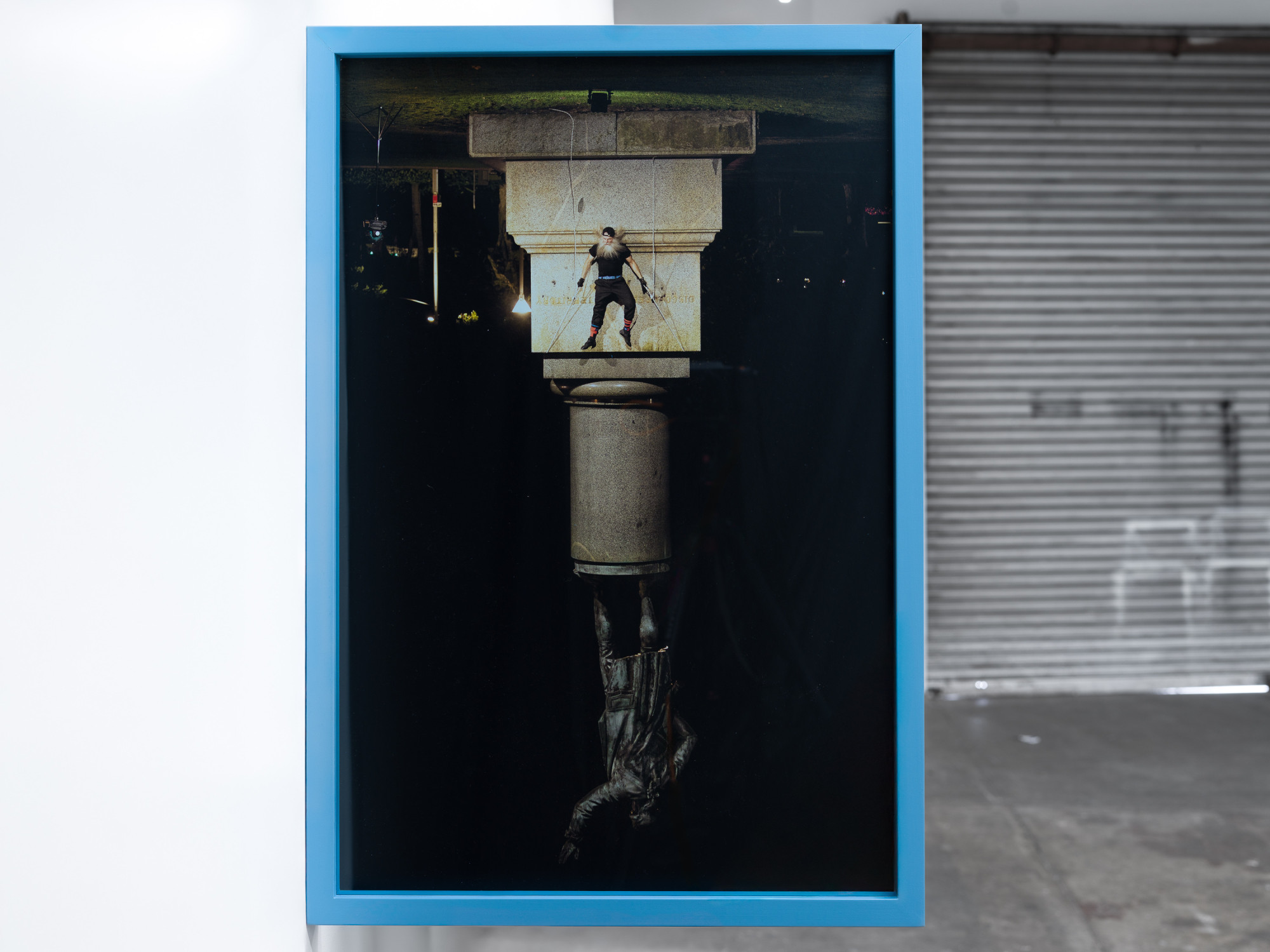
2024
Two digital prints on eco solvent paper, blue doublesided
frame mounted to wall at 90 degree angle
75 x 50 x 20 cm
Photo: Josh Raymond
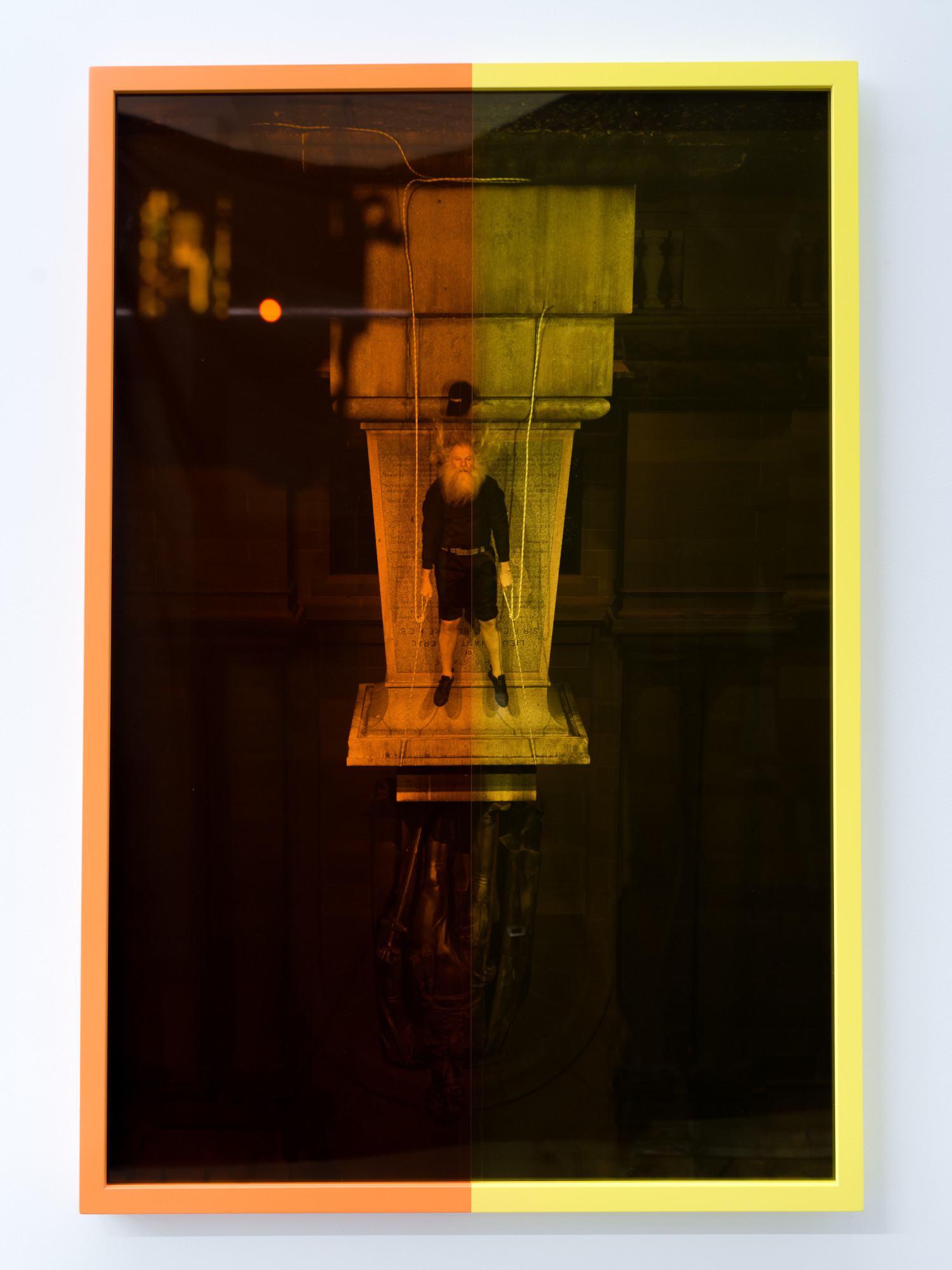
2024
Pigment print on cotton rag art paper, duotone frame, yellow, amber
122 x 81.3 cm
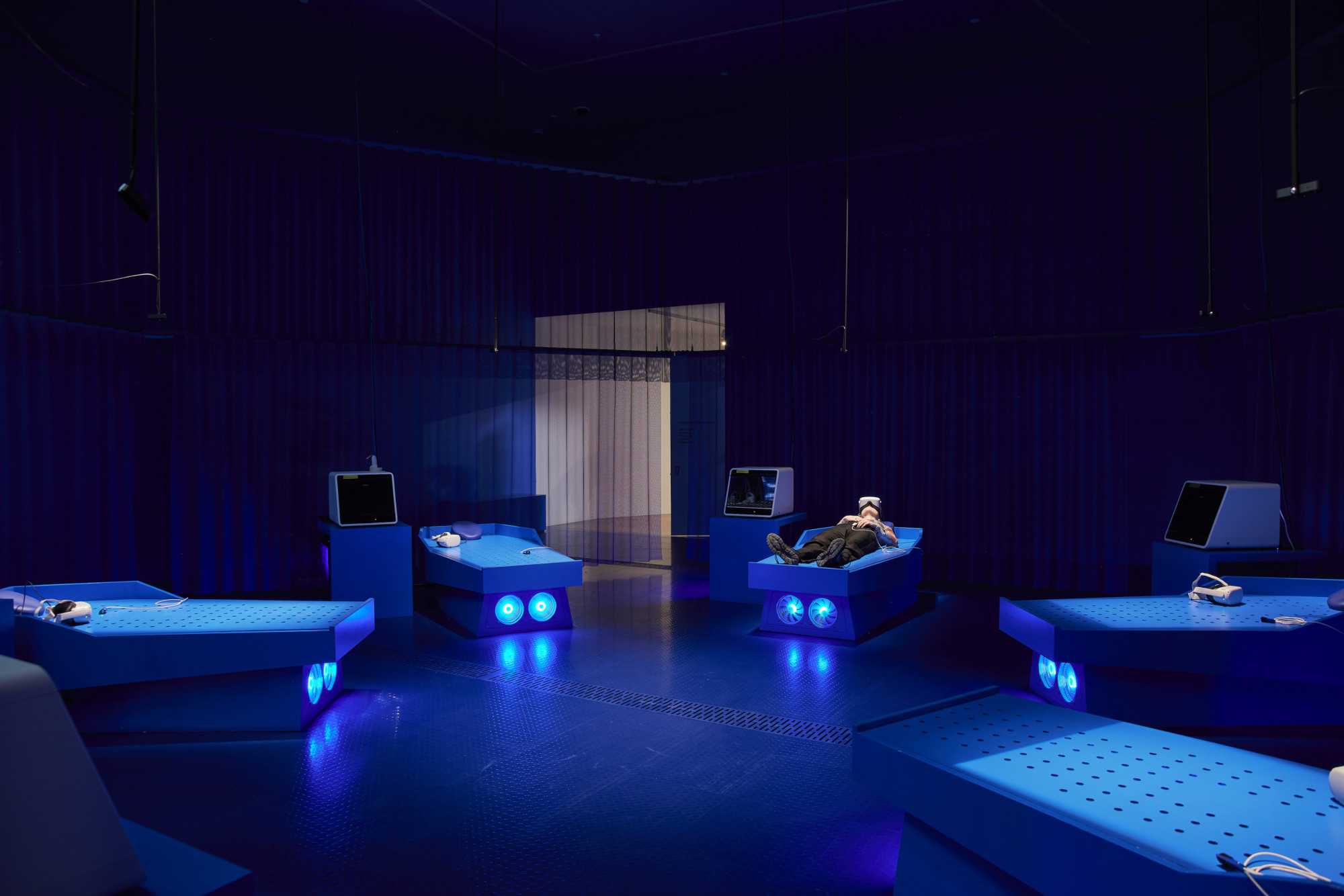
2023
Extended Reality
10 minutes
Installation view, National Gallery of Victoria, Melbourne
Photo: Sean Fennessy
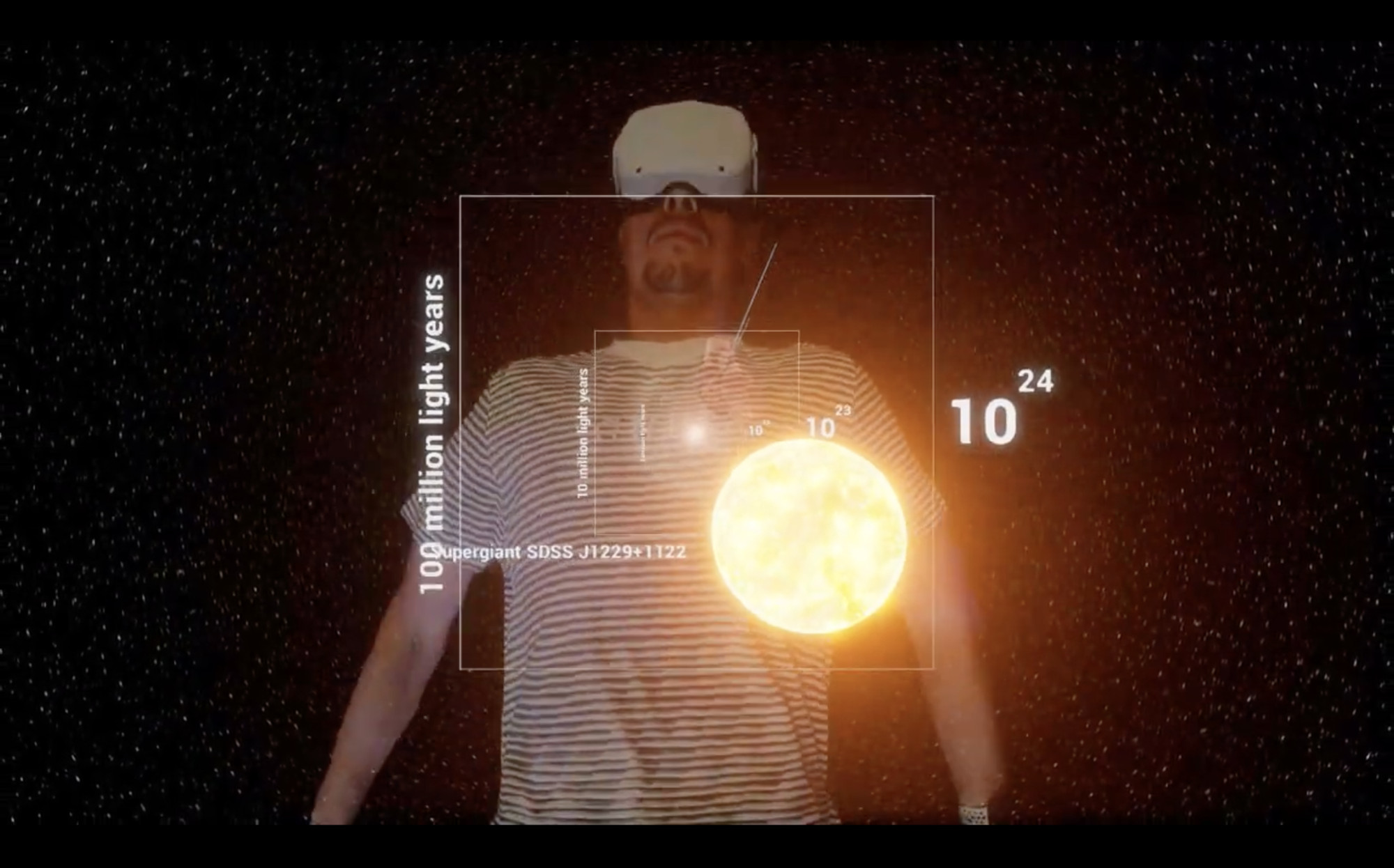
2023
(still) Extended Reality
10 minutes

2022
(still) HD anamorphic video, colour, sound
21 minutes 16 seconds

2022
(still) HD anamorphic video, colour, sound
21 minutes 16 seconds

2020
(still) High definition video (4K), colour, sound
13 minutes 5 seconds
Cinematographer: Sky Davies
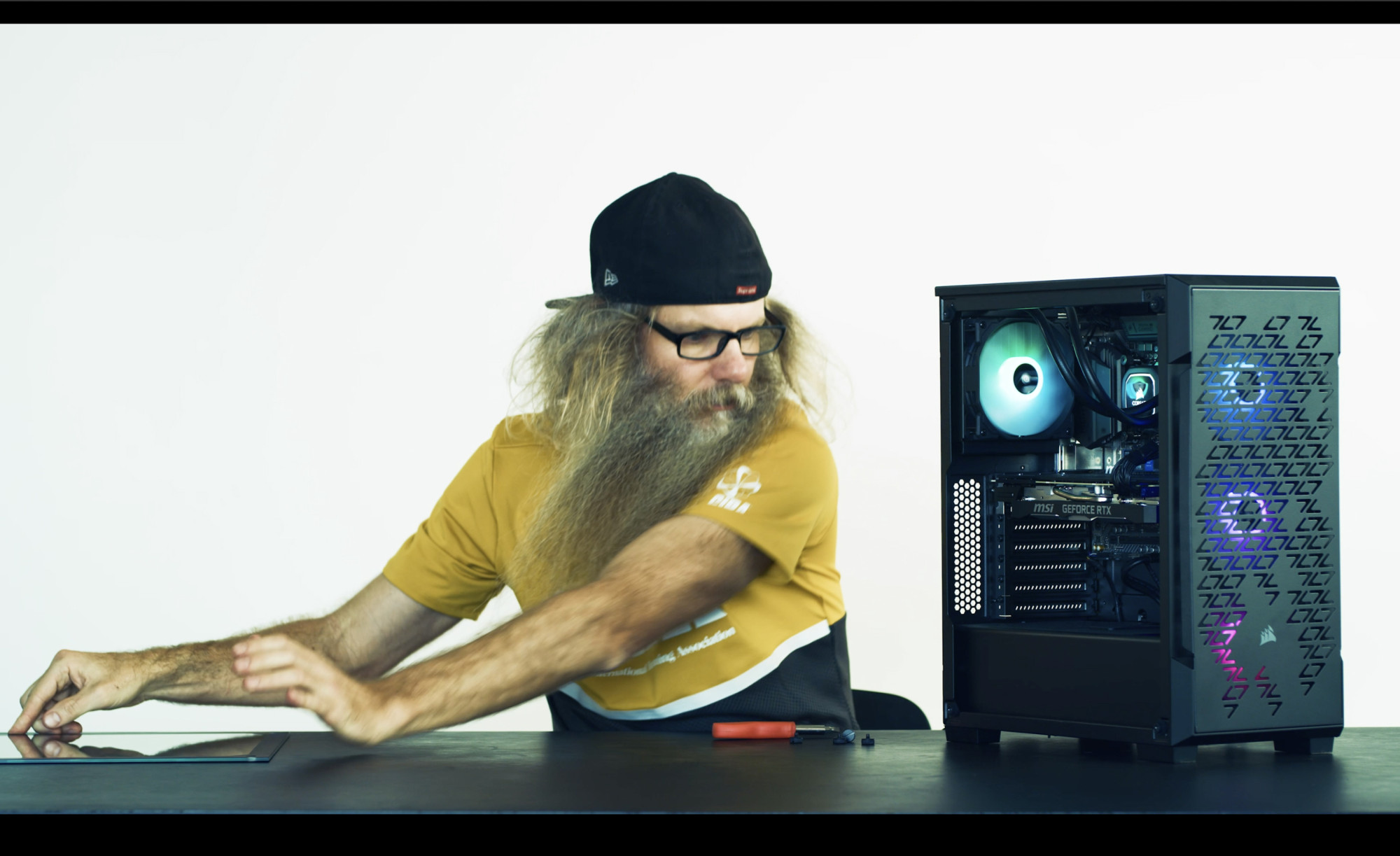
2020
(still) High definition video (4K), colour, sound
13 minutes 5 seconds
Cinematographer: Sky Davies
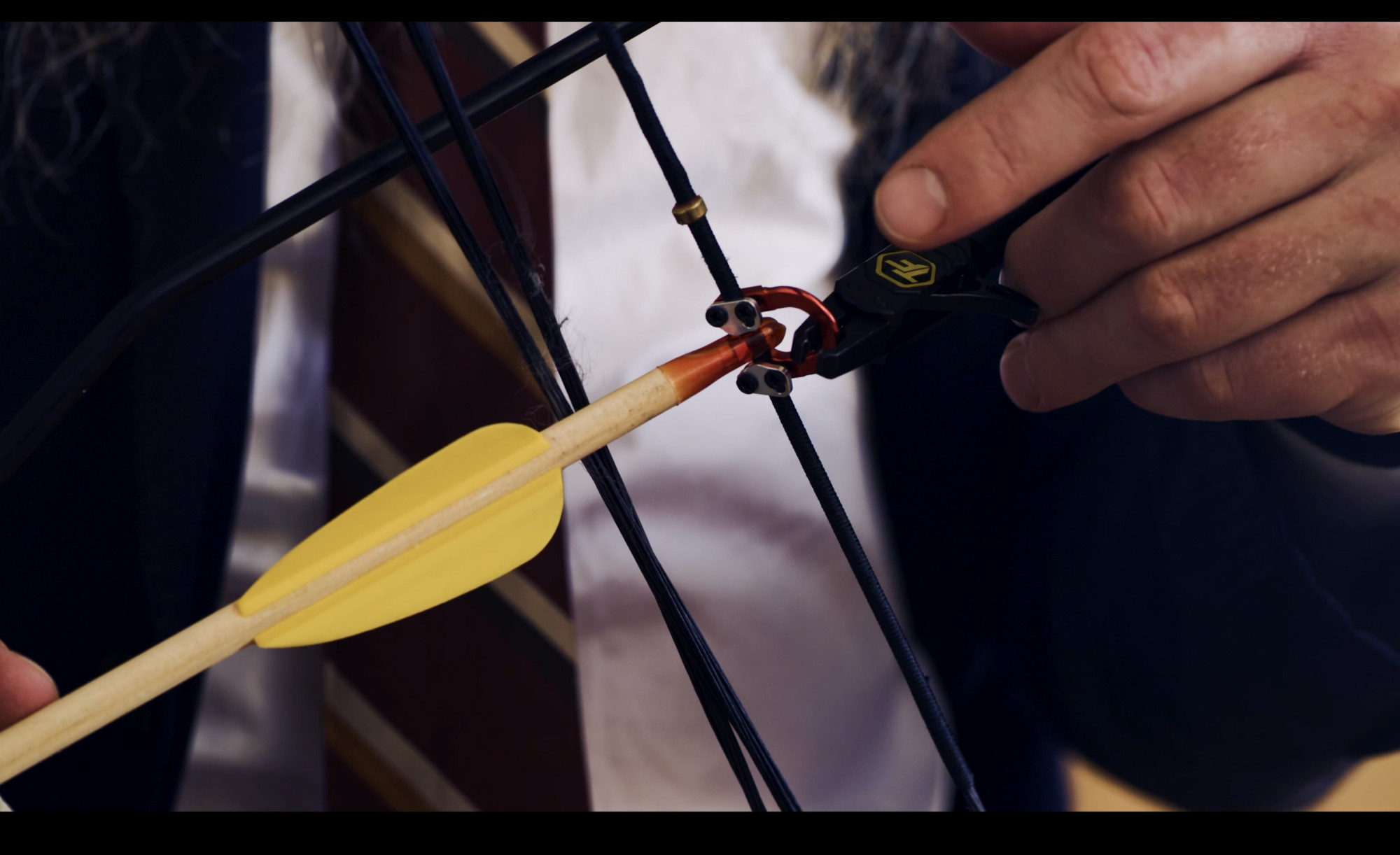
2020
(still) High definition video (4K), colour, sound
13 minutes 5 seconds
Cinematographer: Sky Davies
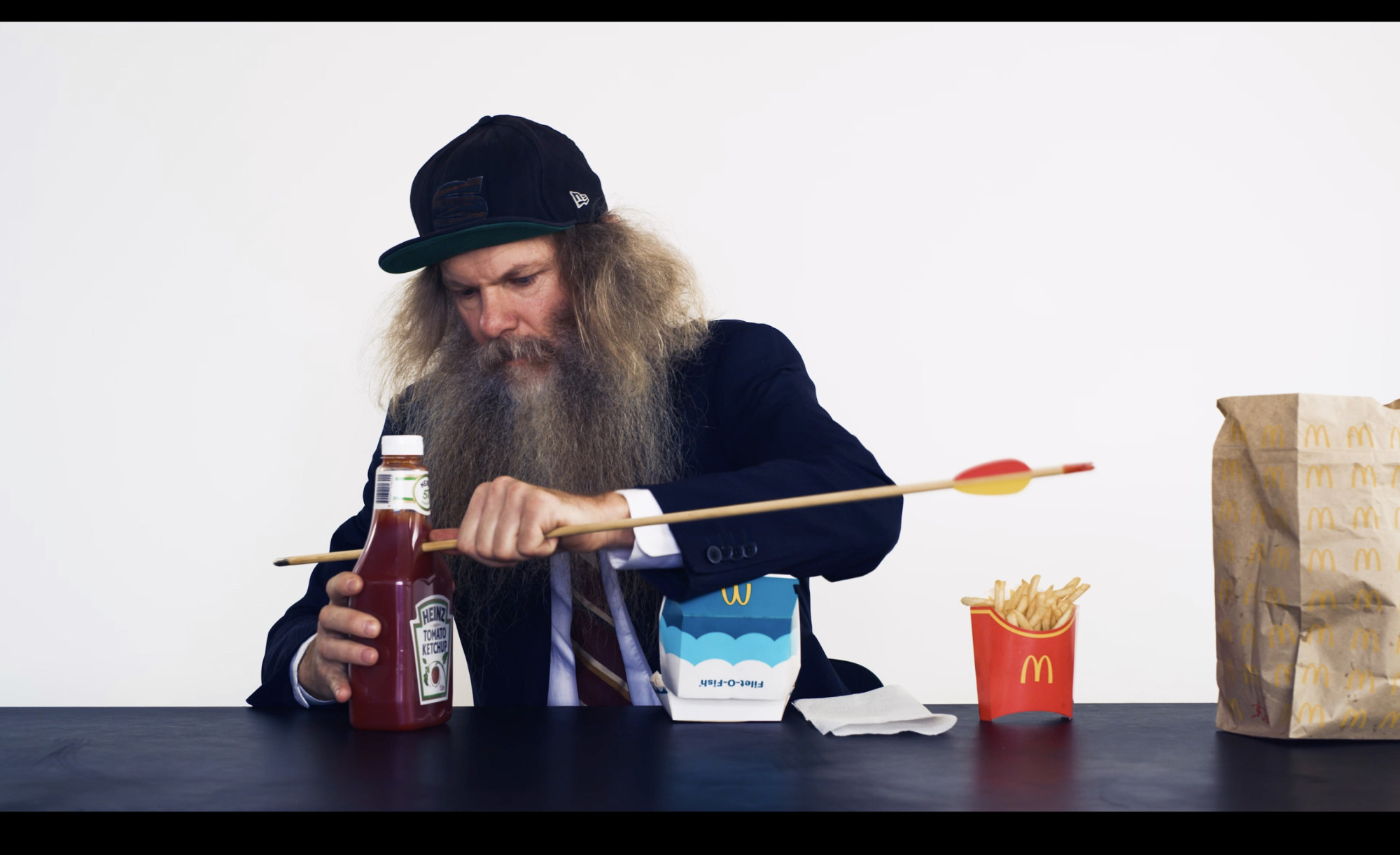
2020
(still) High definition video (4K), colour, sound
13 minutes 5 seconds
Cinematographer: Sky Davies
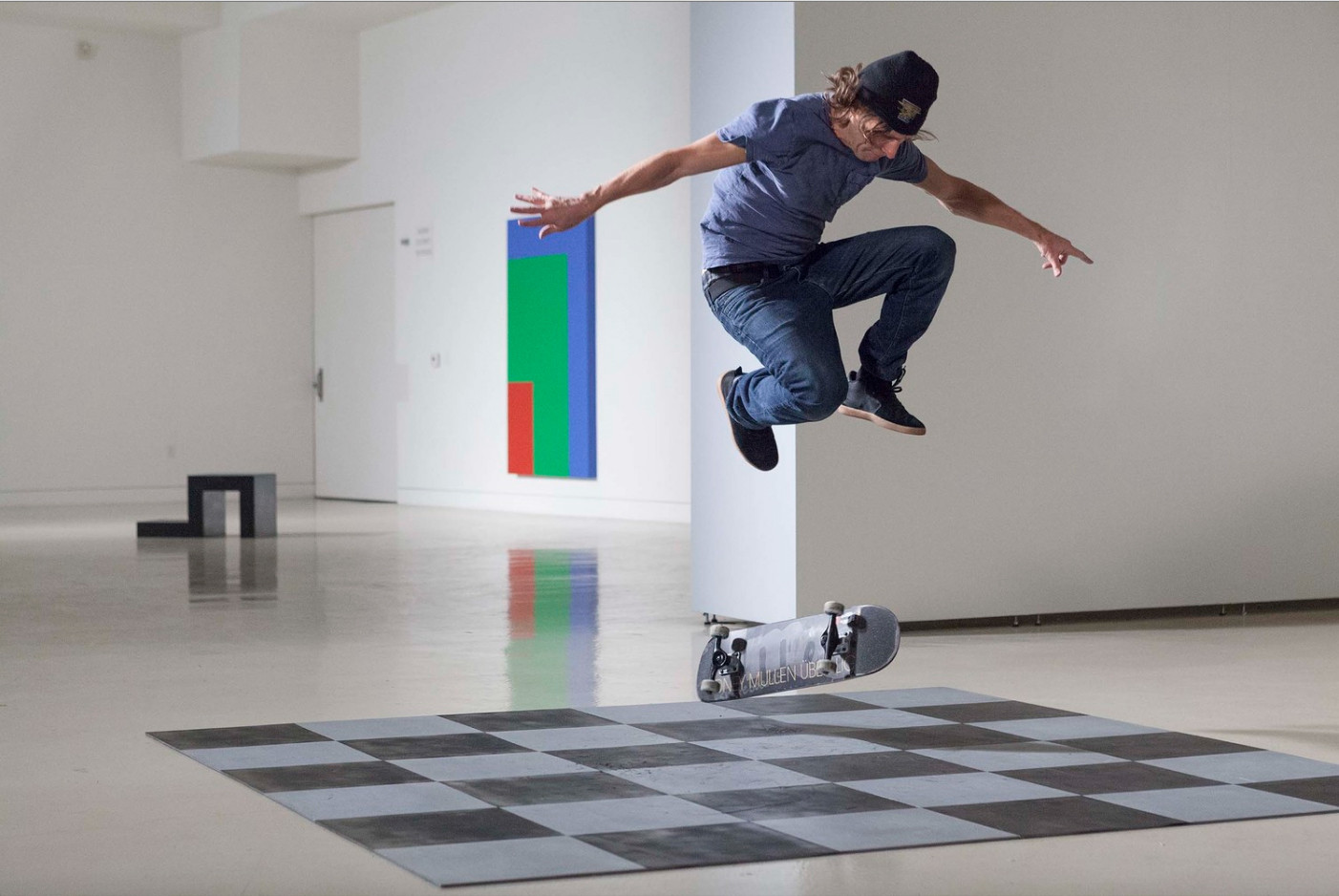
2016
(still) High Definition video, 16:9, colour, sound
53 minutes 27 seconds
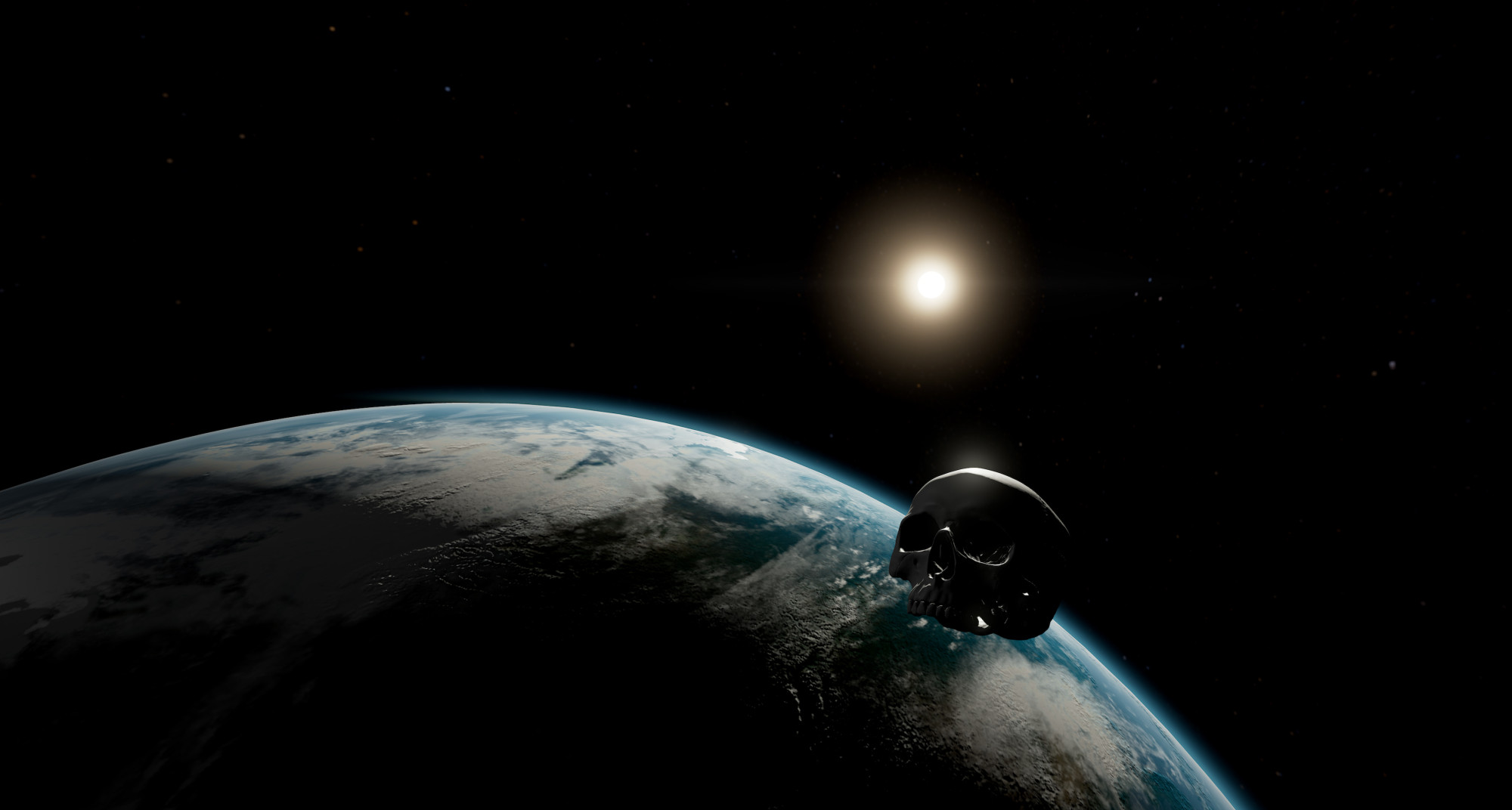
2016
(still) Virtual Reality 360 degree video
6 minutes 33 seconds
Produced by BADFAITH
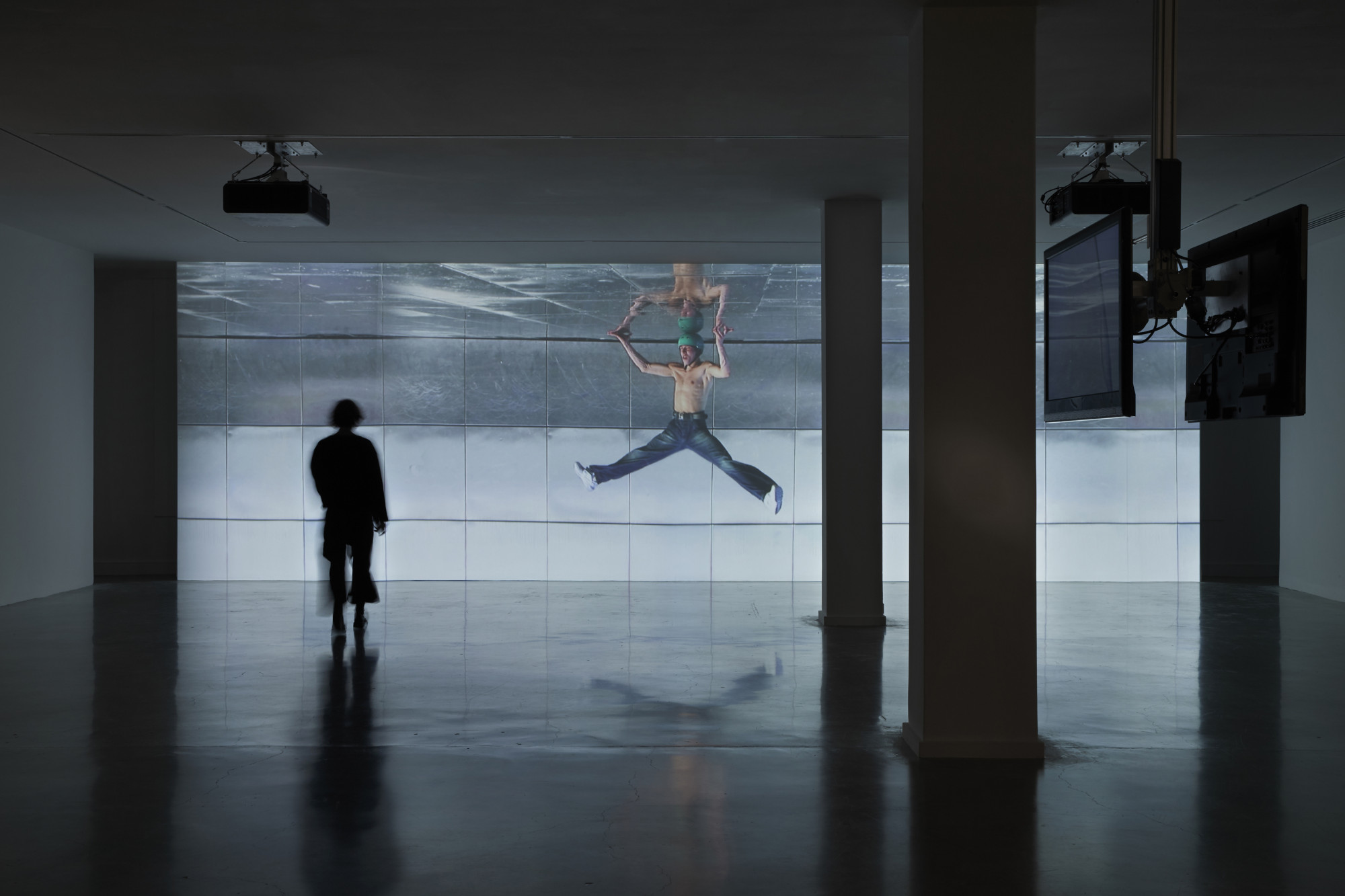
2019
Installation view, Museum of Contemporary Art Australia, Sydney
Photo: Zan Wimberley
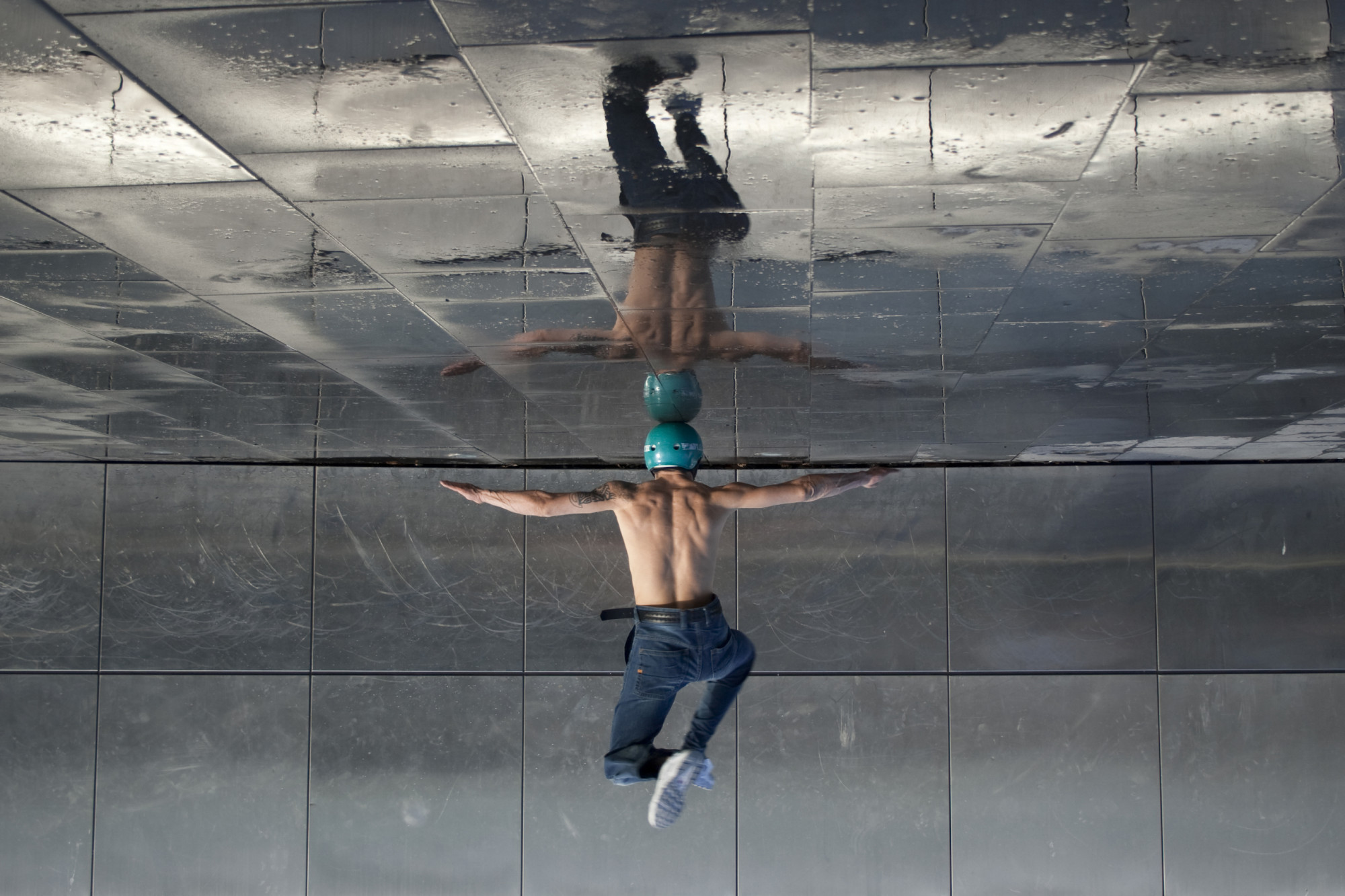
2005
(still) HD video, 16:9, colour, silent
12 minutes
Performer: Daniel Esteve Pomares
Videography: Gotaro Uematsu
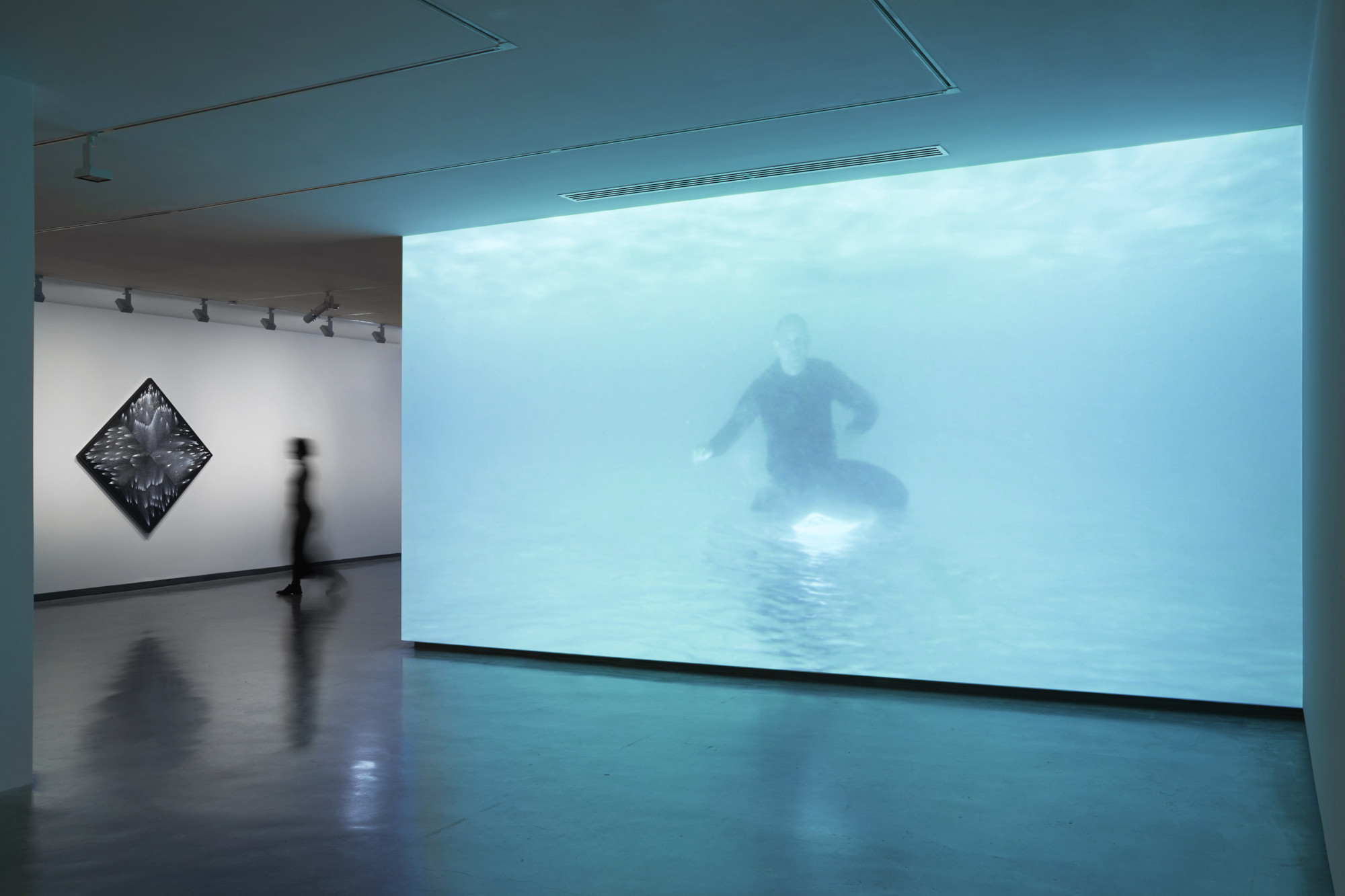
2019
Installation view, Museum of Contemporary Art Australia, Sydney
Photo: Zan Wimberley
2010
(excerpt) HD video, 16:9, colour, sound
11 minutes 21 seconds
Videography: Josh Raymond
Sound: Kazumichi Grime
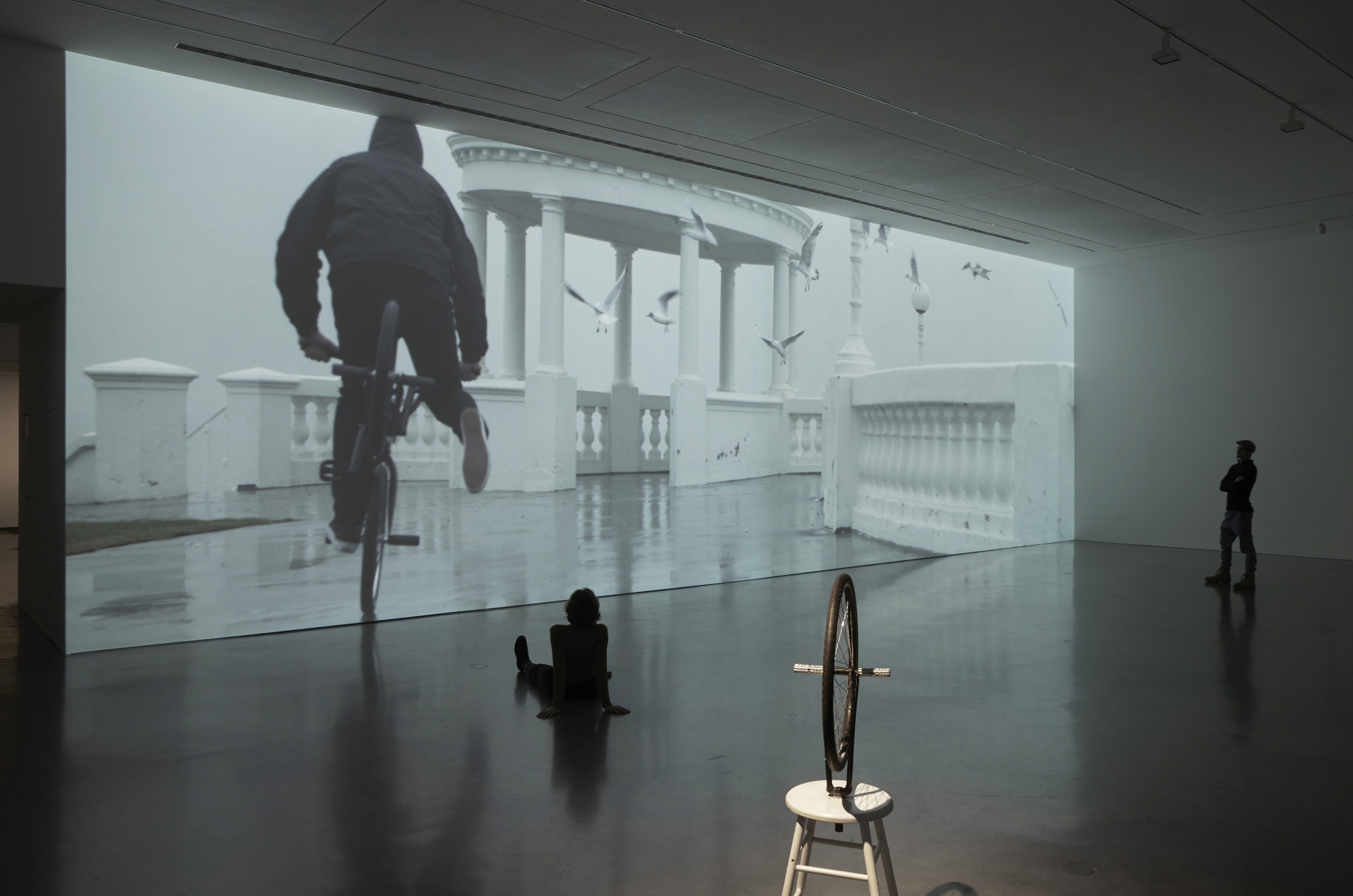
2019
Installation view, Museum of Contemporary Art Australia, Sydney
Photo: Zan Wimberley
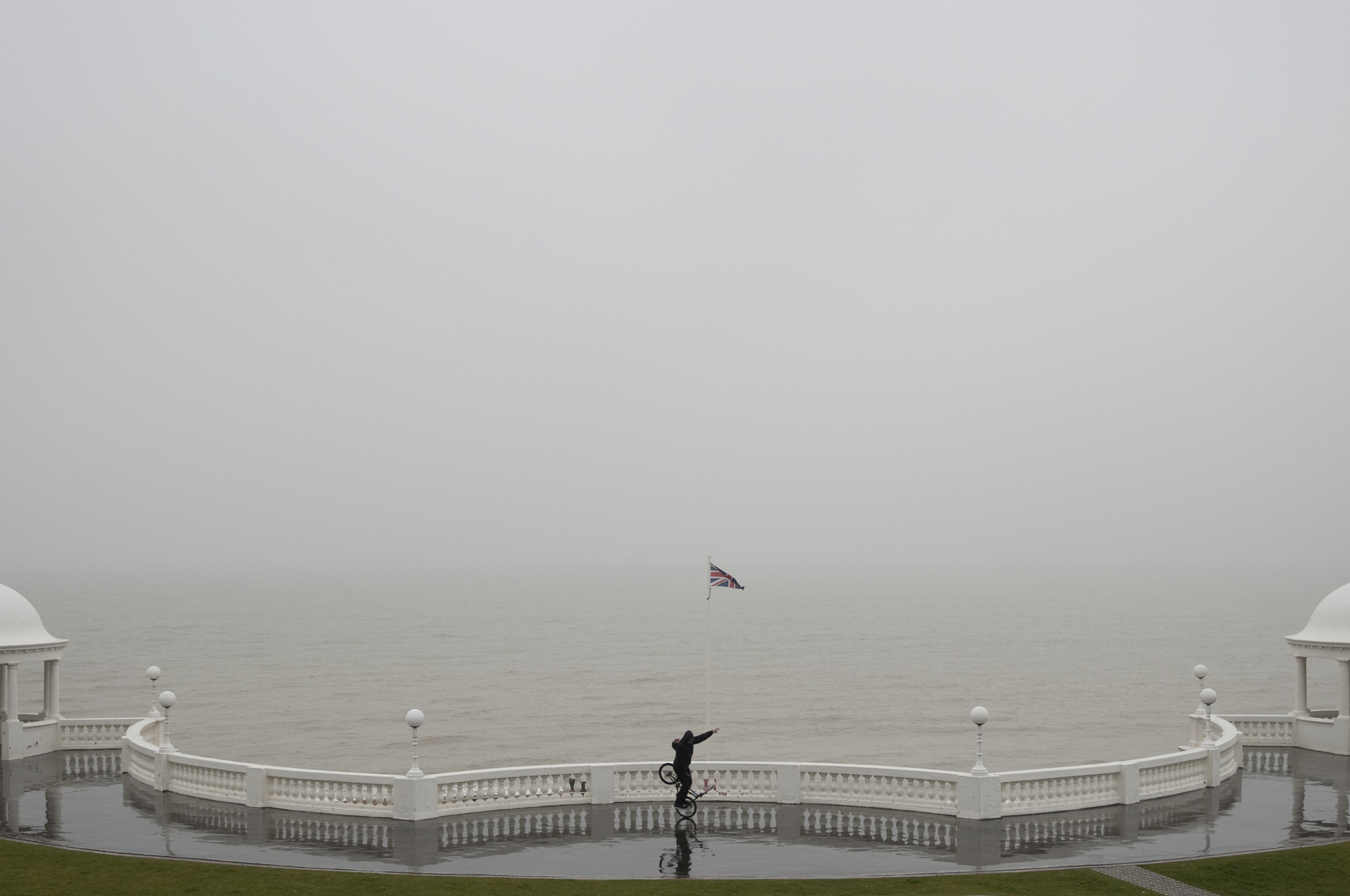
2013
(still) HD video, 16:9, colour, sound
12 minutes 42 seconds
Performer: Matti Hemmings
Videography: Hopi Allard
Sound: Kazumichi Grime
Commissioned by De La Warr Pavilion
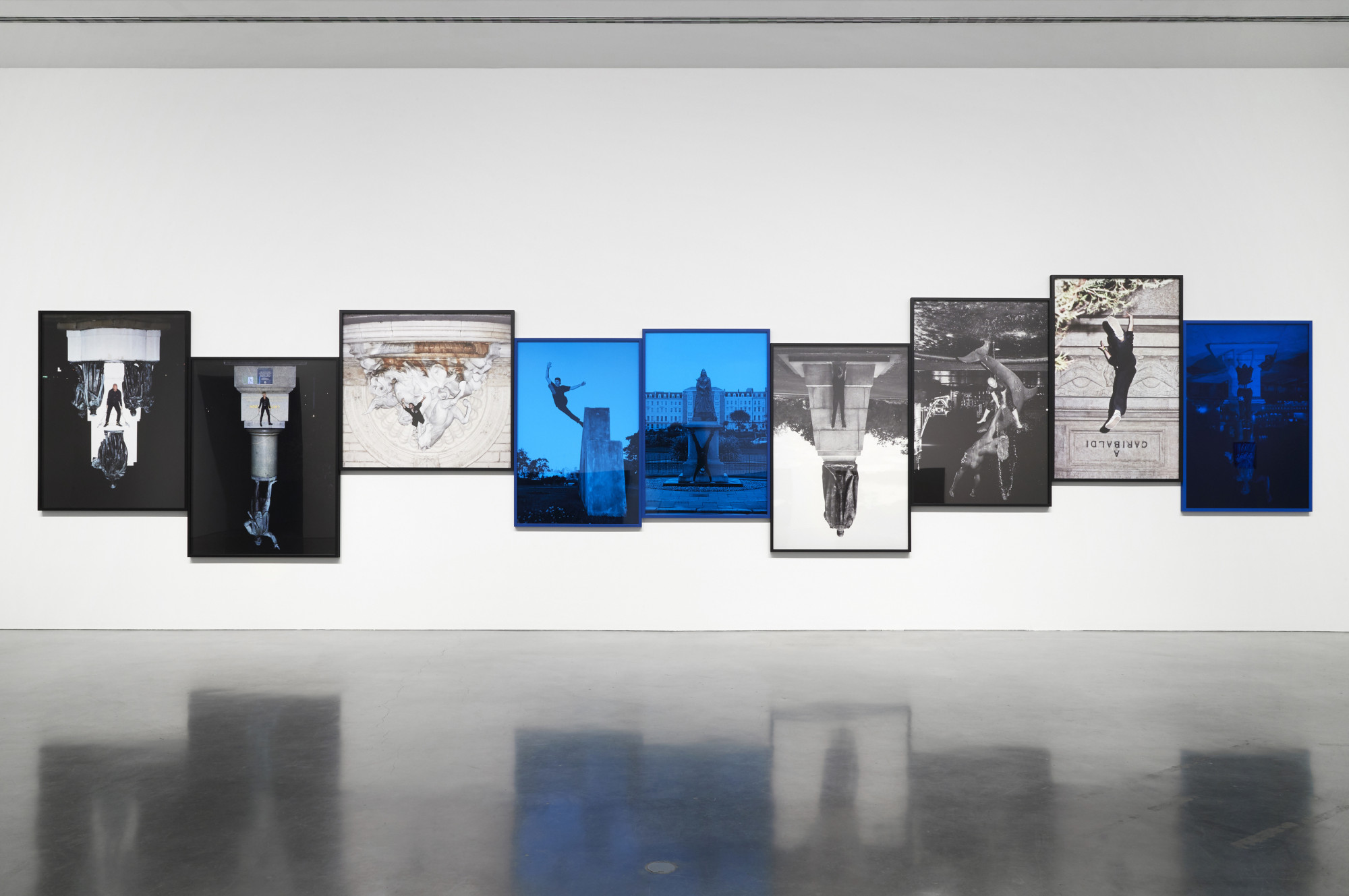
2019
Installation view, Museum of Contemporary Art Australia, Sydney
Photo: Zan Wimberley
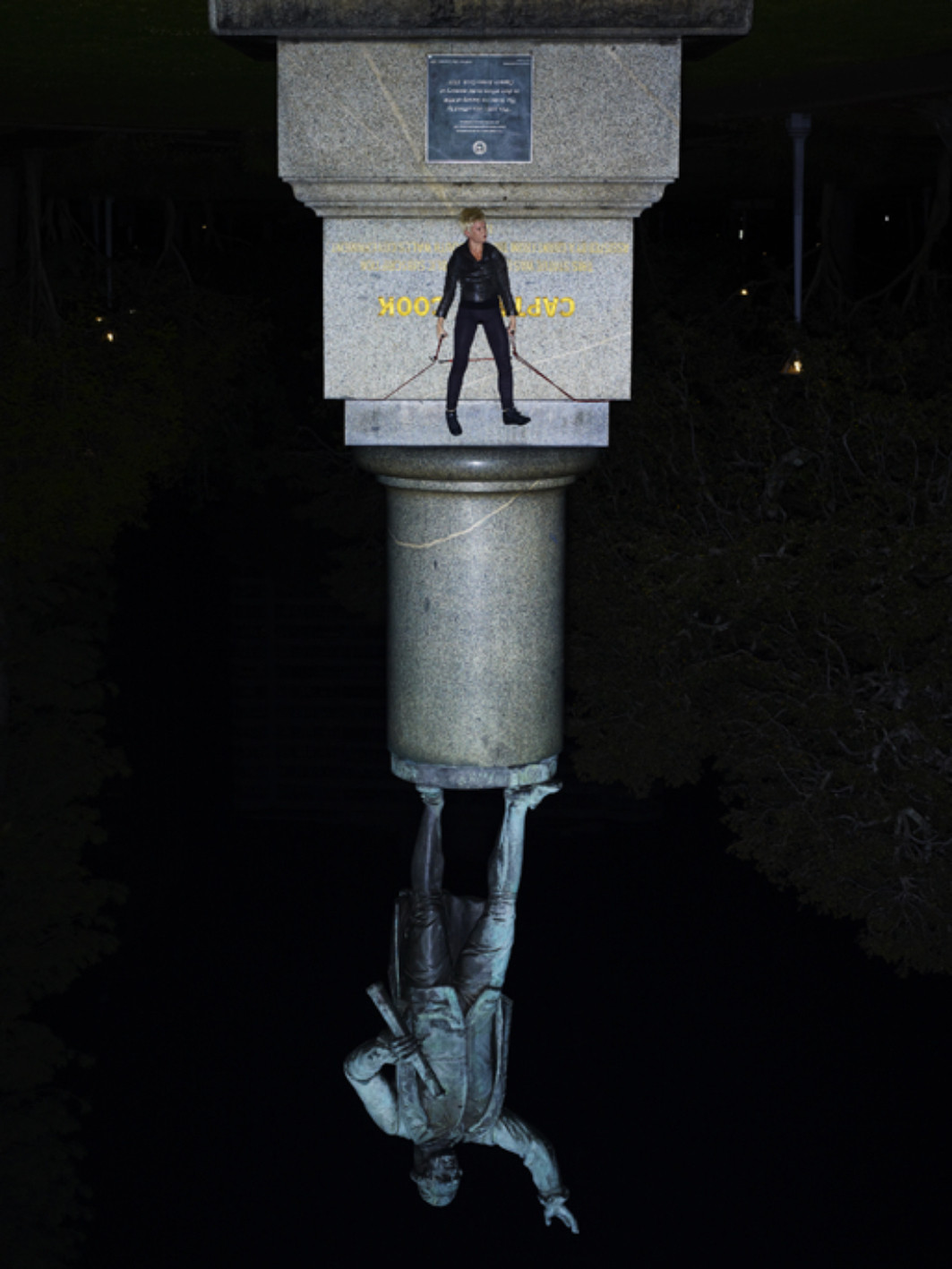
2011
C-type print
177.5 x 134 cm
Photo: Jamie North
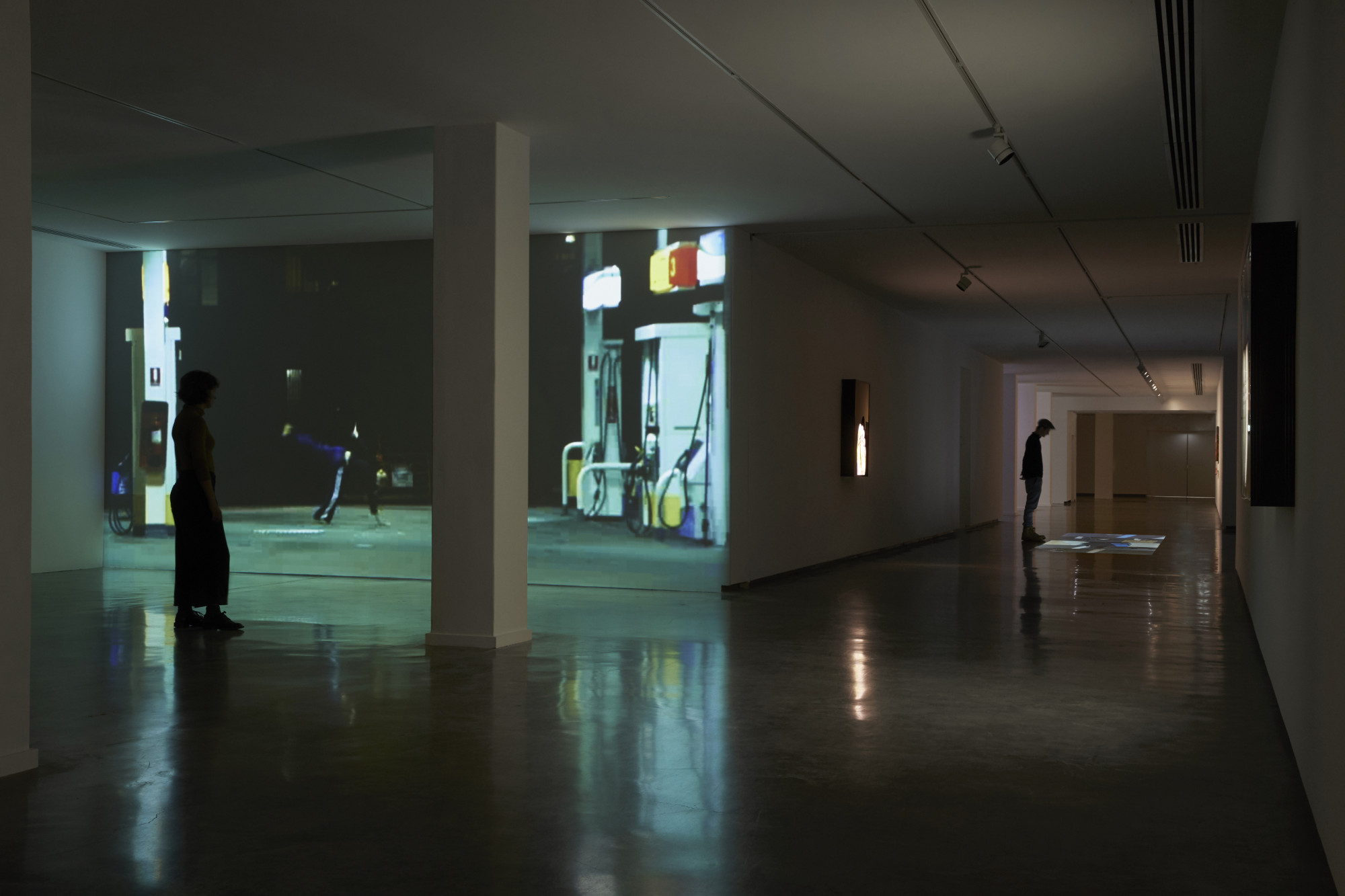
2019
Installation view, Museum of Contemporary Art Australia, Sydney
Photo: Zan Wimberley
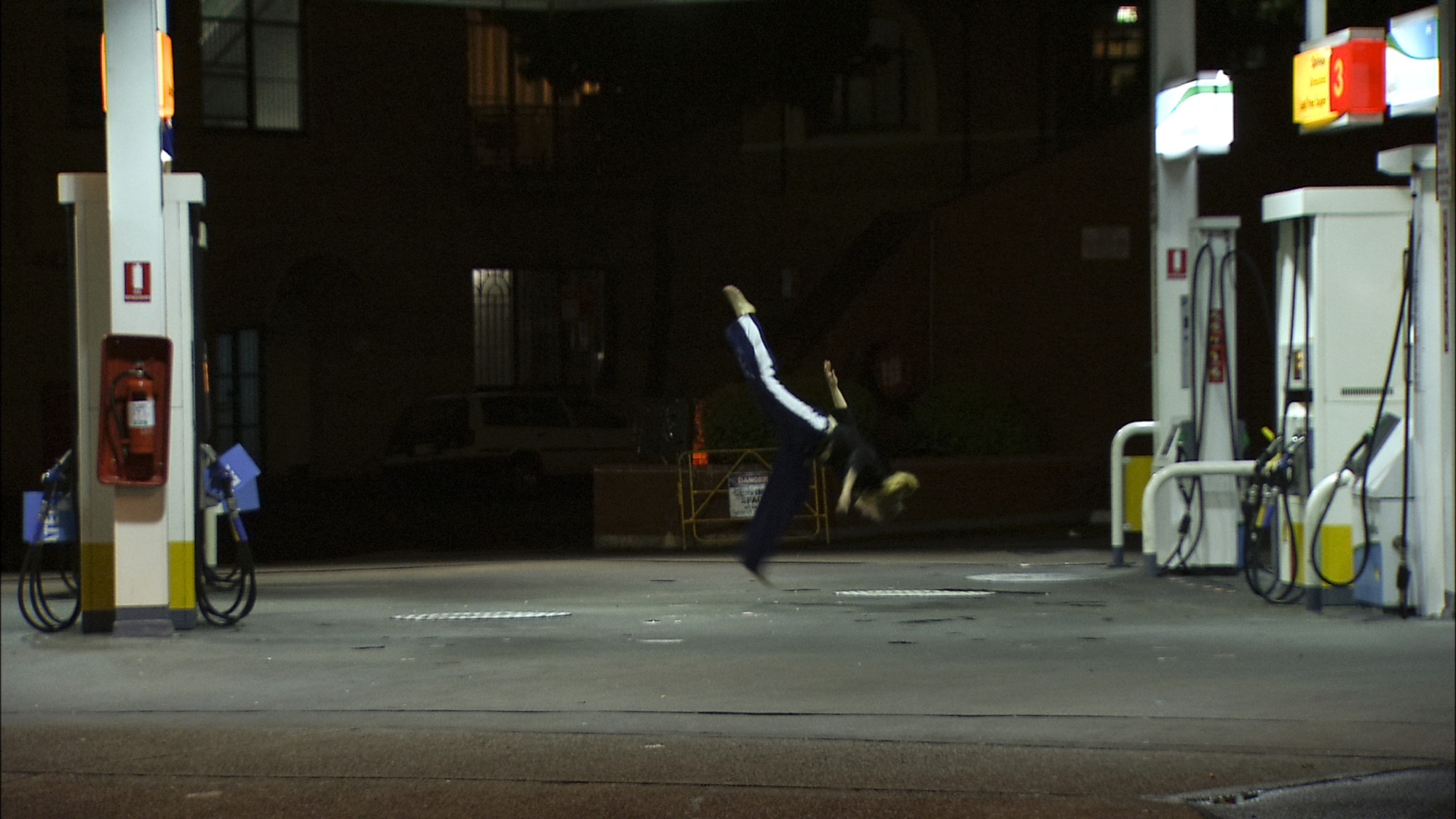
2004
(still) HD video, 16:9, colour, sound
25 minutes 40 seconds
Performer: Emma Magenta
Videography: Gotaro Uematsu
Sound: Kazumichi Grime
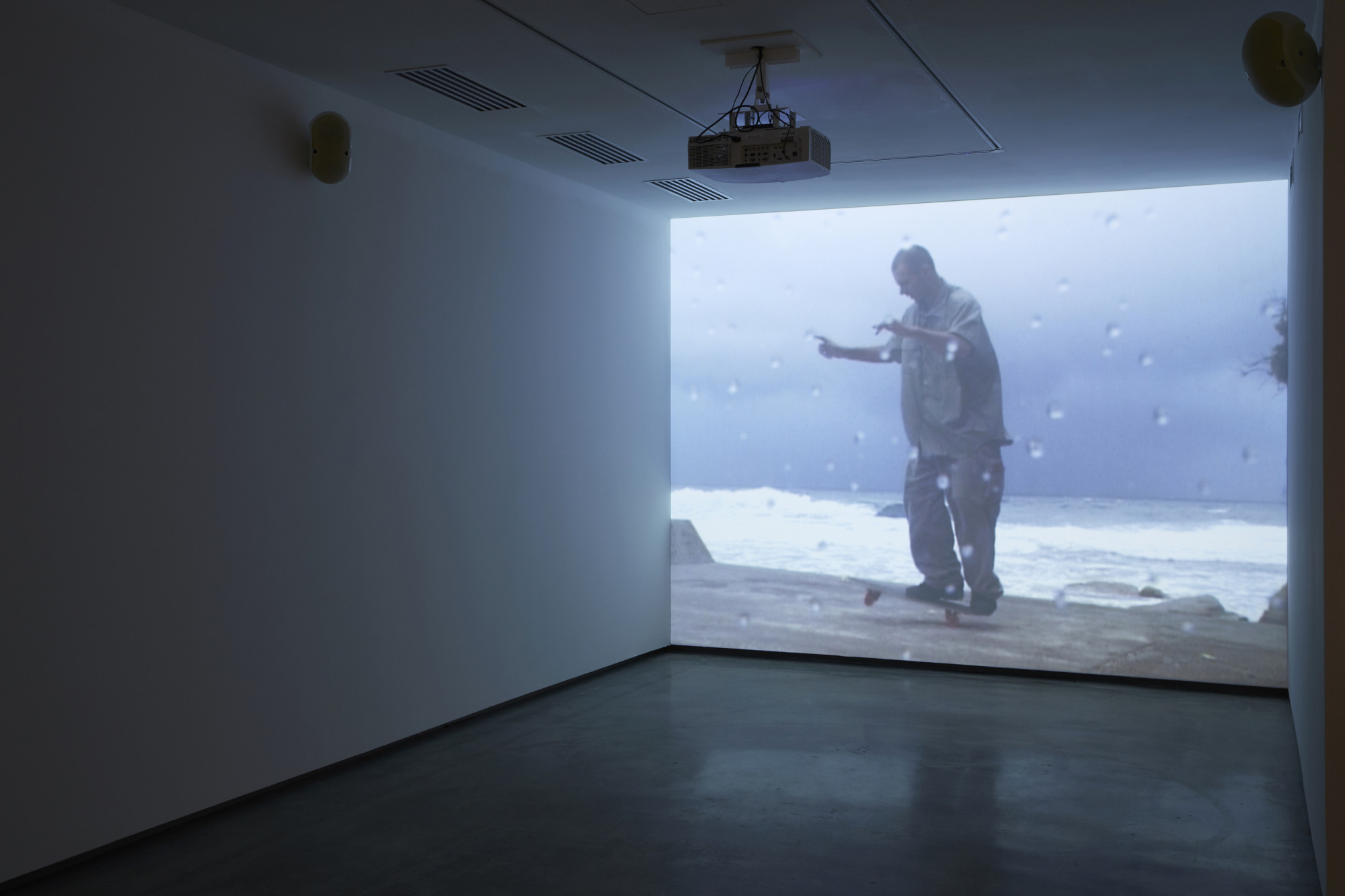
2019
Installation view, Museum of Contemporary Art Australia, Sydney
Photo: Zan Wimberley
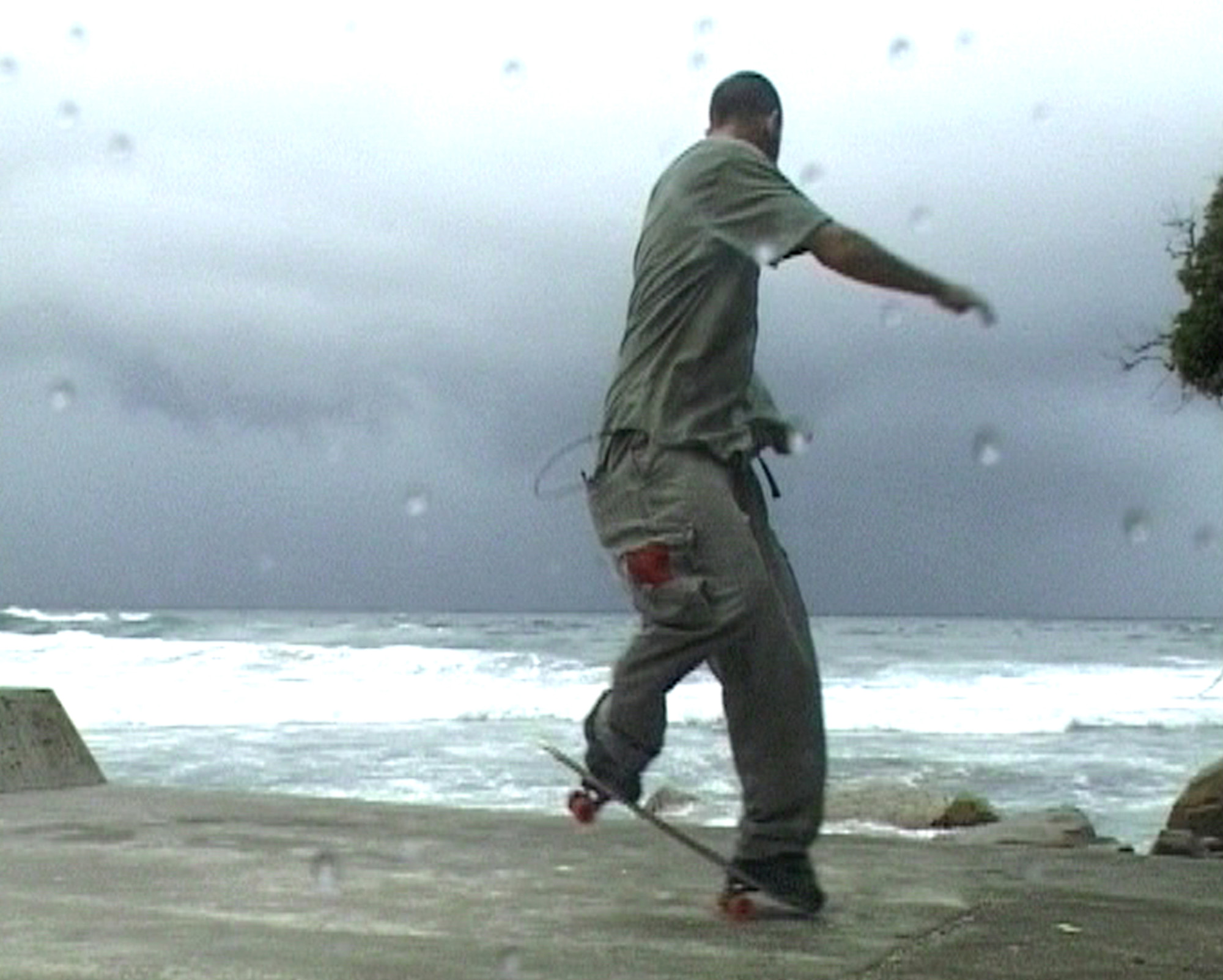
2000
(still) Digital video, 4:3, colour, sound
8 minutes 40 seconds
Videography: Técha Noble
Sound: Kazumichi Grime
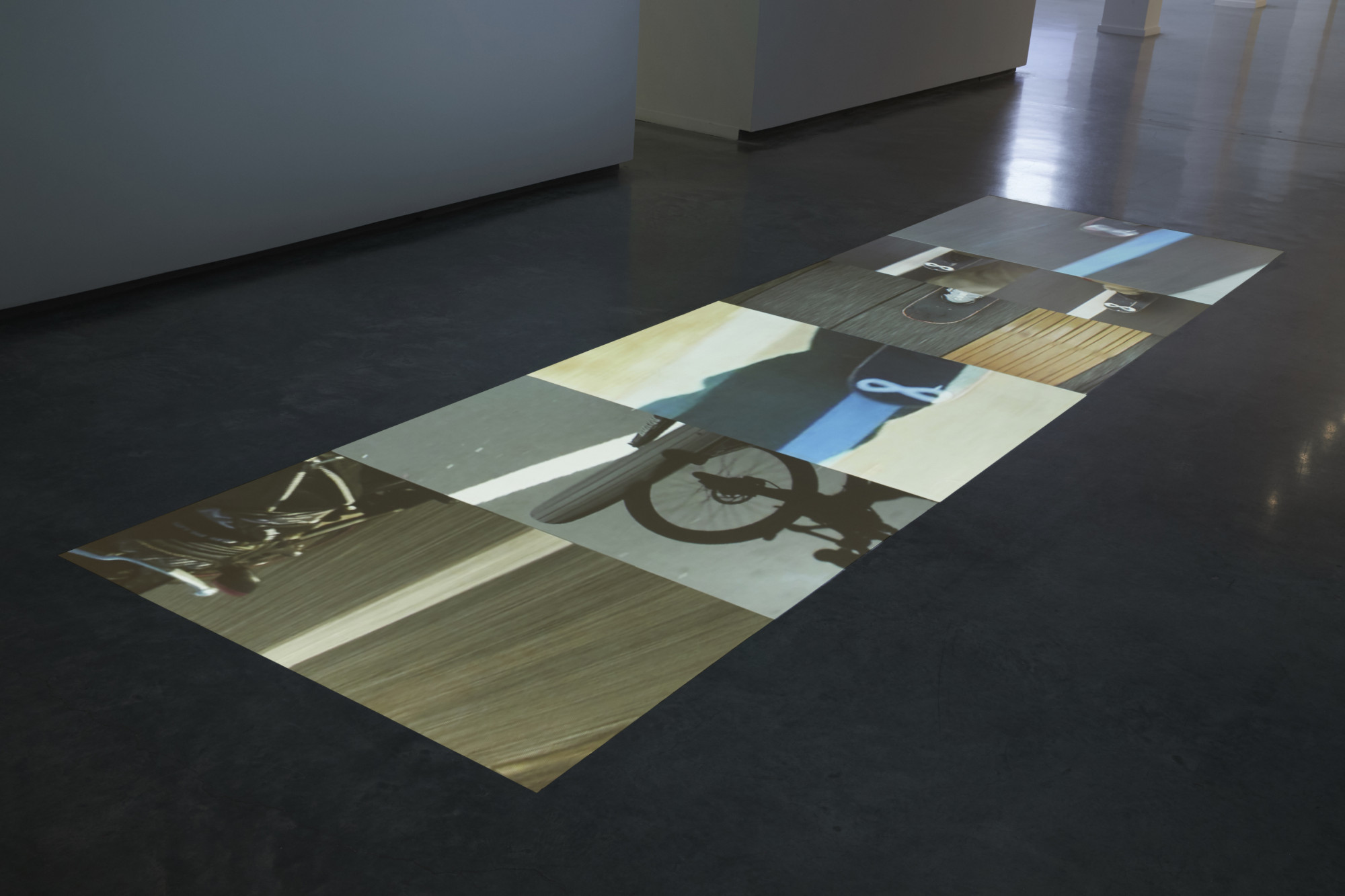
2019
Installation view, Museum of Contemporary Art Australia, Sydney
Photo: Zan Wimberley
2000
(excerpt) Digital video, 4:3, colour, sound
2 minutes
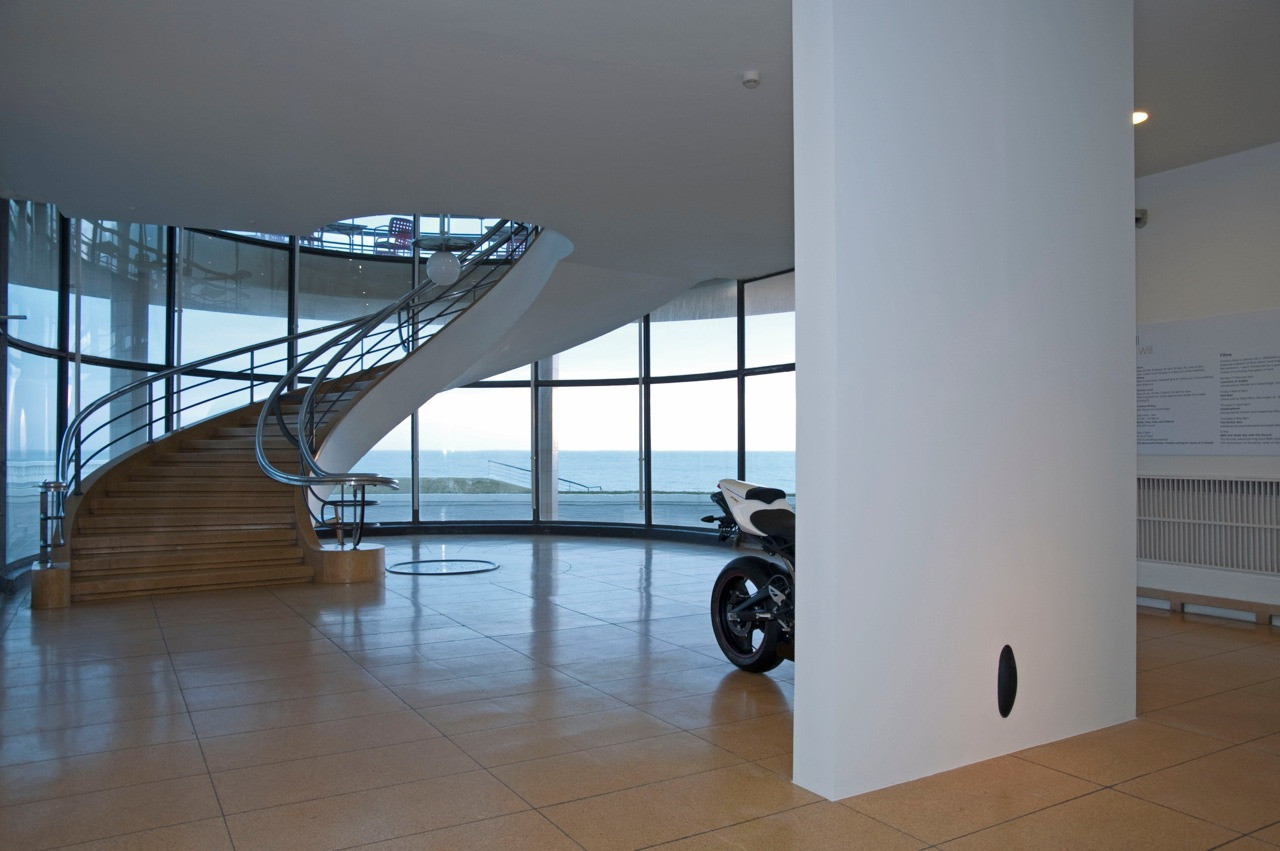
2013
Triumph Daytona 675R, wall
Dimensions variable
Installation view, Shaun Gladwell: Cycles of Radical Will, De La Warr Pavilion, UK
Photo: Nigel Green
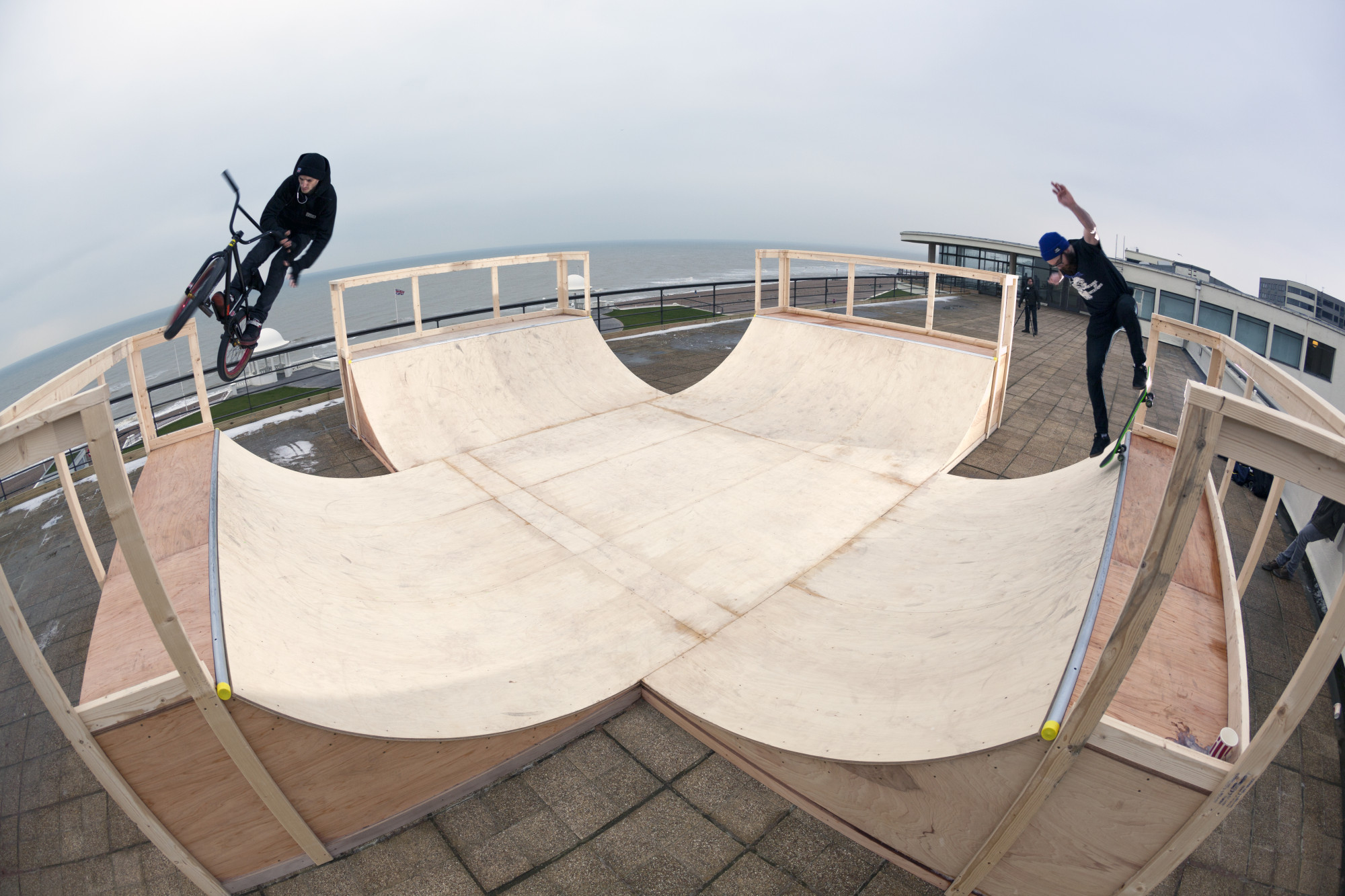
2013
Plywood mini-ramp, steel coping, scaffold, lights, sound system
900 x 900 x 900 cm
Installation view, Shaun Gladwell: Cycles of Radical Will, De La Warr Pavilion, UK
Photo: Nigel Green
2013
(excerpt) HD video, 16:9, colour, stereo sound
10 minutes
Videography: Wouter Van der Hallen
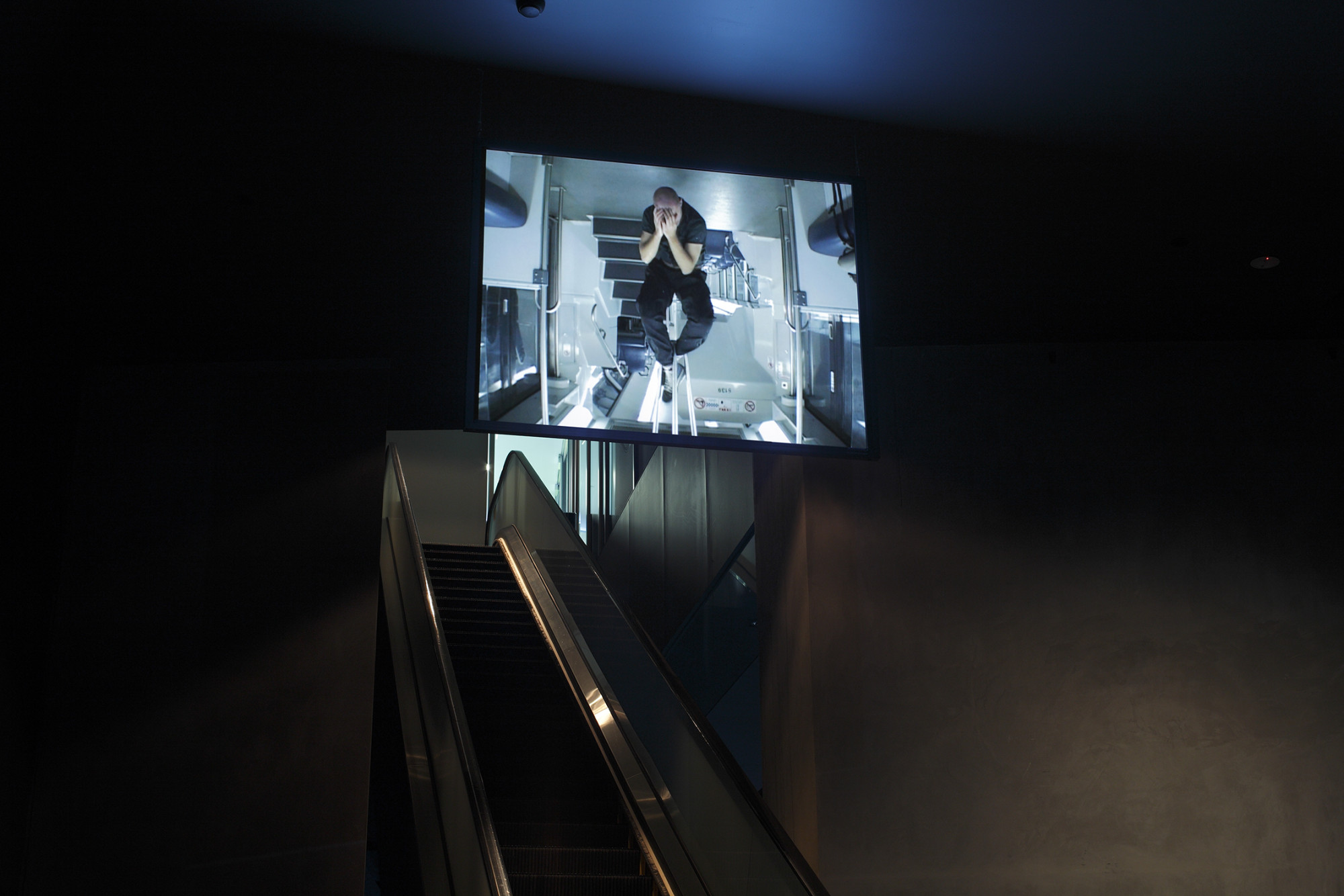
2011
Installation view, Australian Centre for the Moving Image
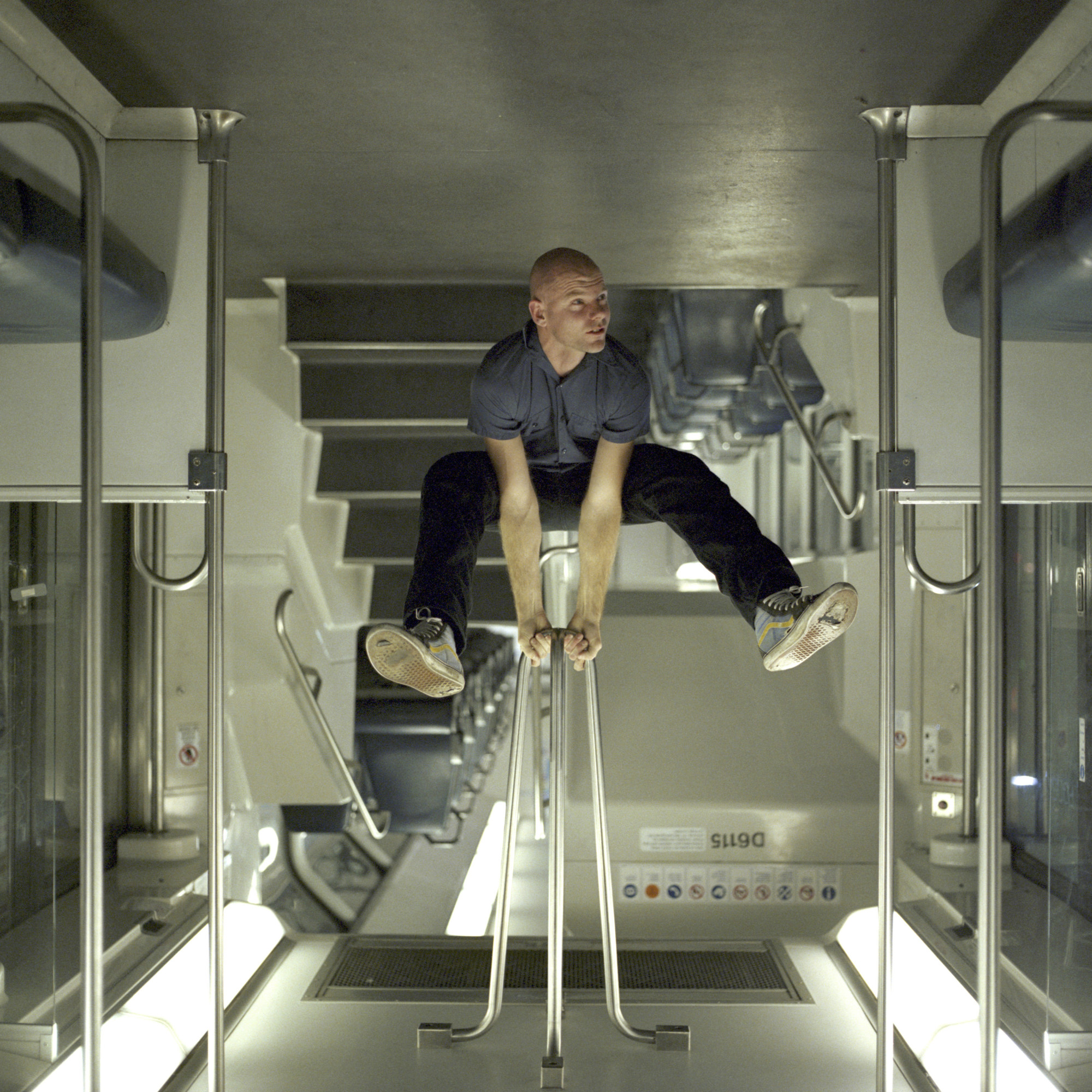
2003
(still) Digital video, 4:3, colour, silent
14 minutes
Videography: Gotaro Uematsu
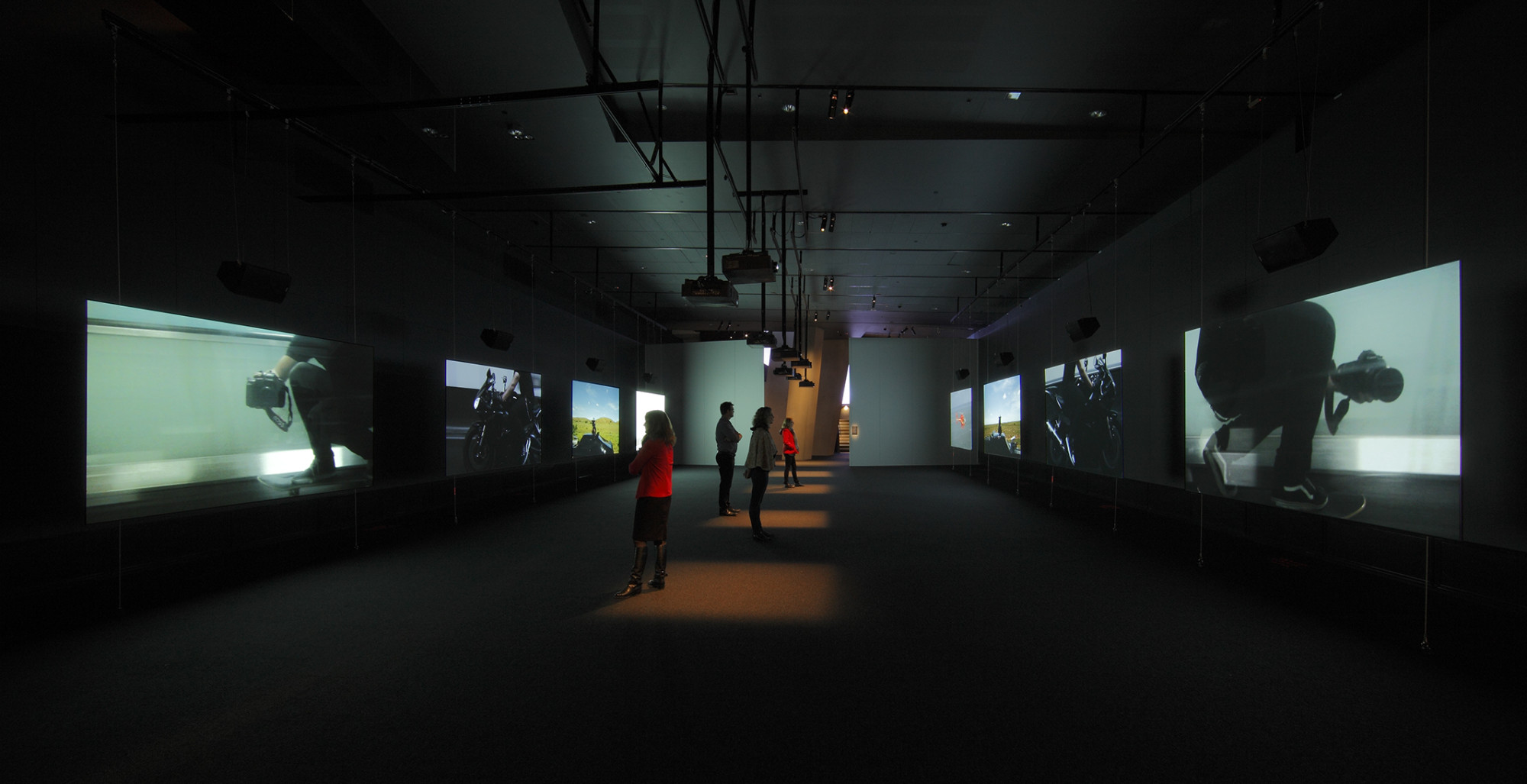
2011
Installation view, Australian Centre for the Moving Image

2011
(stills) Eight-channel HD video, 16:9, colour, sound
22 minutes 30 seconds
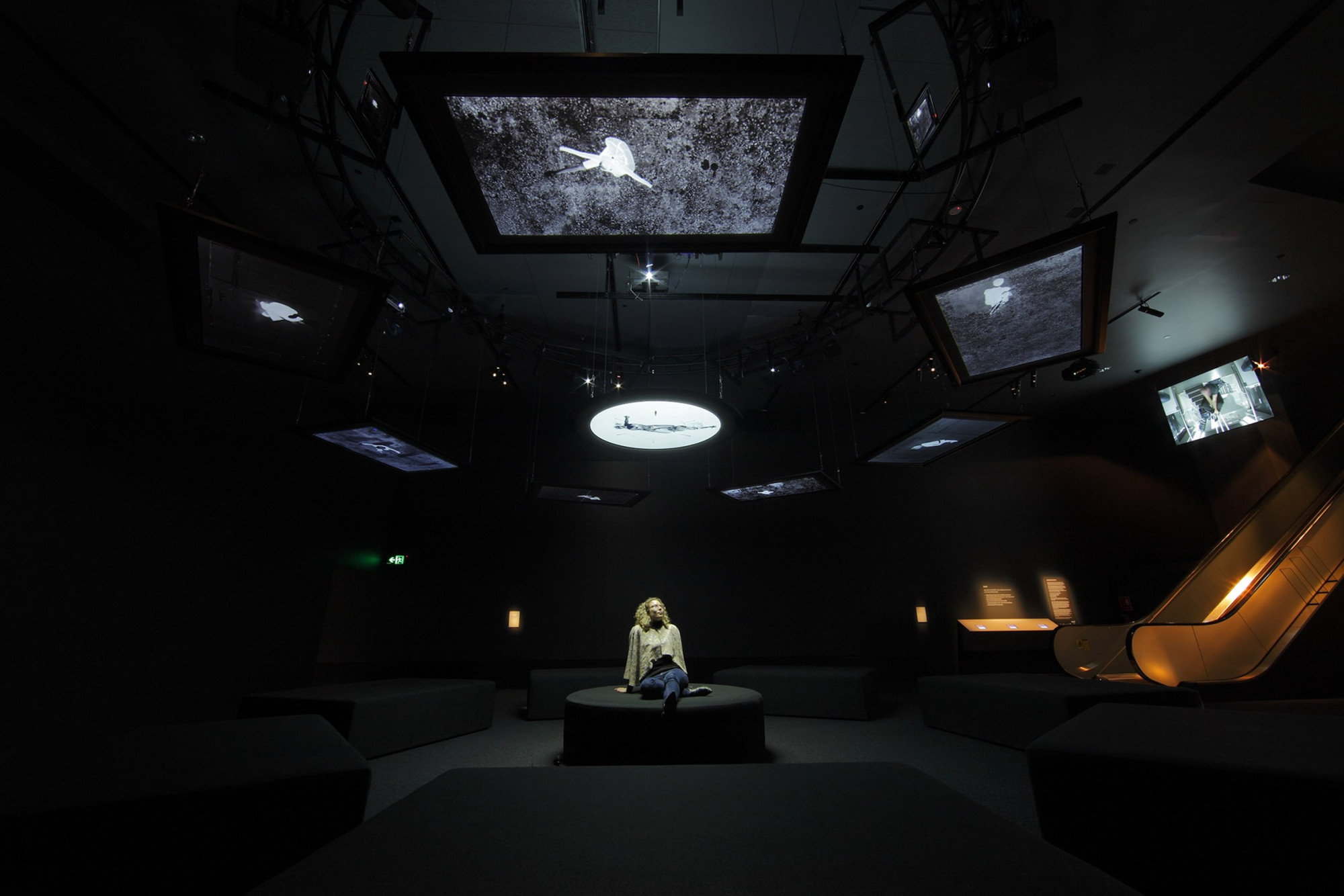
2011
Installation view, Australian Centre for the Moving Image
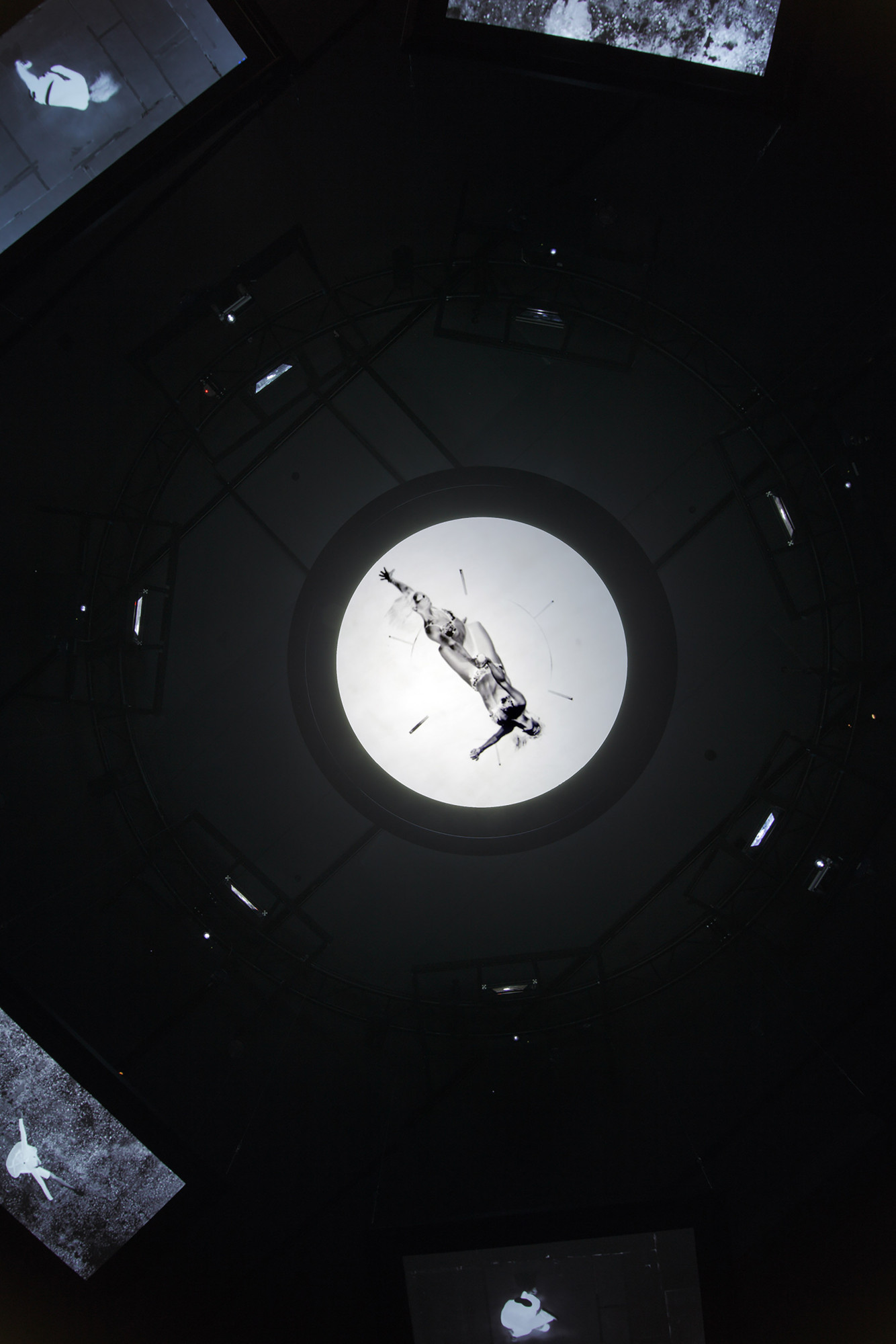
2011
Installation view, Australian Centre for the Moving Image
2011
(excerpt) Eight-channel HD video, 16:9, black & white, silent
Performers: Shaun Gladwell, Daniel Kojta, Anthony Lawang, Emma Magenta, Simon O’Brien, Kathryn Puie,
Maddie Schonstein, Michelle Shimmy, Lee Wilson, Vivienne Wong
Videography: Gotaro Uematsu
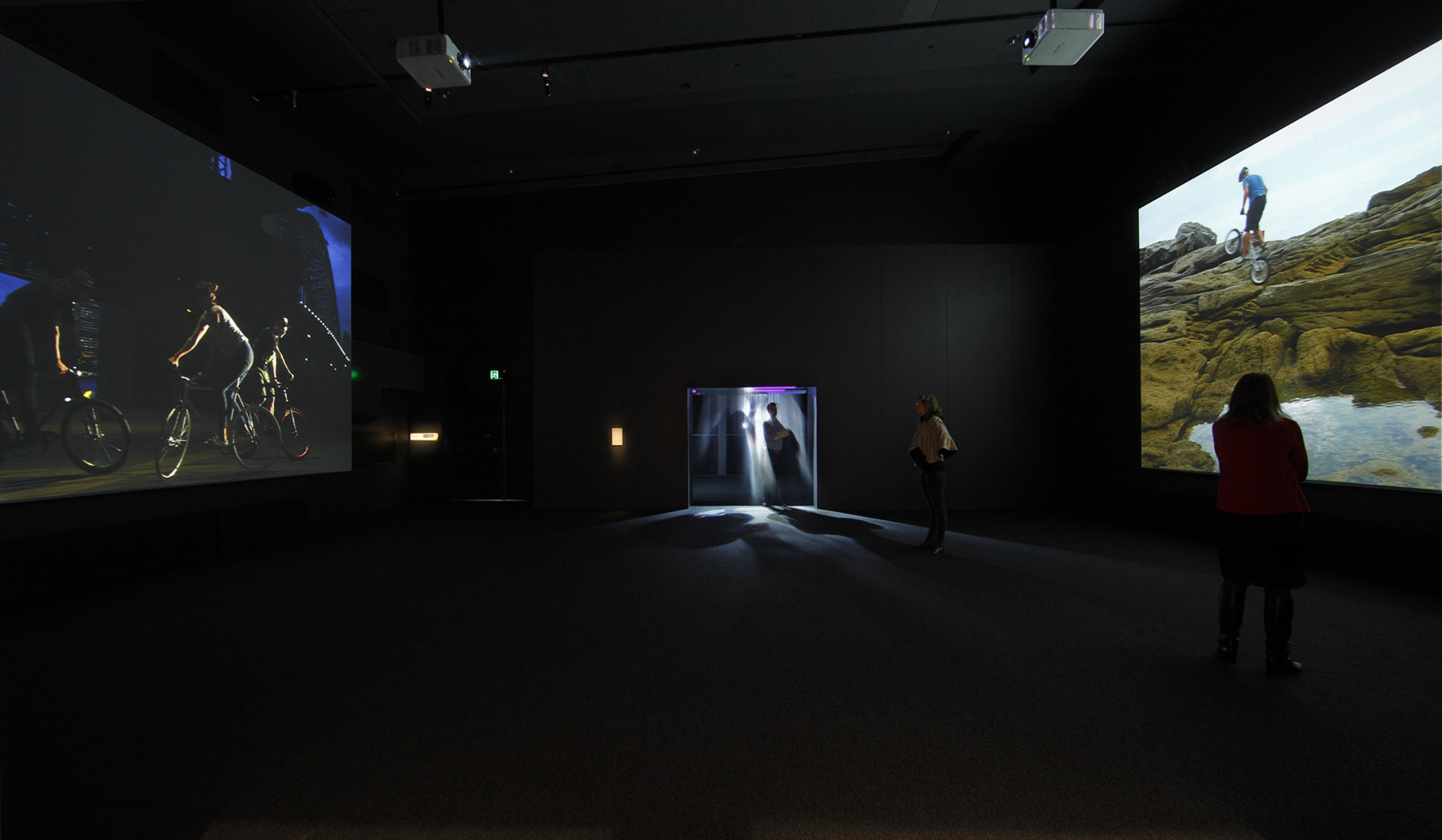
2011
Installation view, Australian Centre for the Moving Image
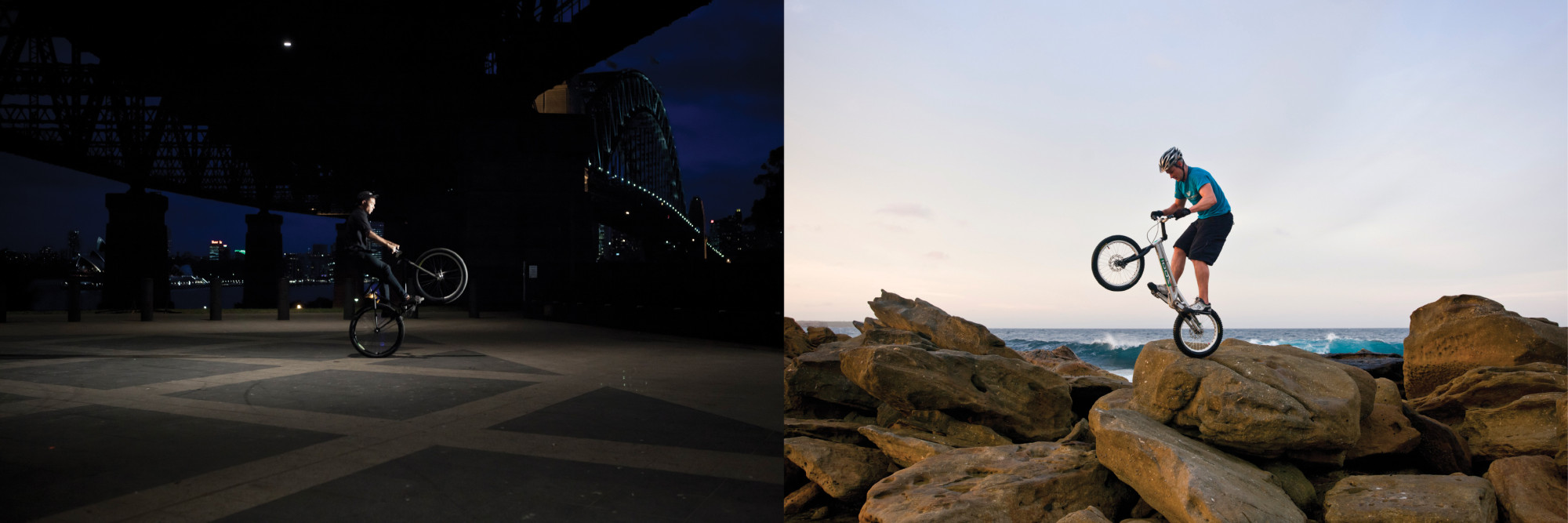
2011
(stills) Two-channel HD video, 16:9, colour, sound
7 minutes 33 seconds
Performers: Simon Betteridge and Damien Gillings (Trials), Rian Arnold, Jason Consunji, Tim Gargano, Sophie Holvast, Charles Ko Hsu (Track)
Cinematography: Gotaro Uematsu
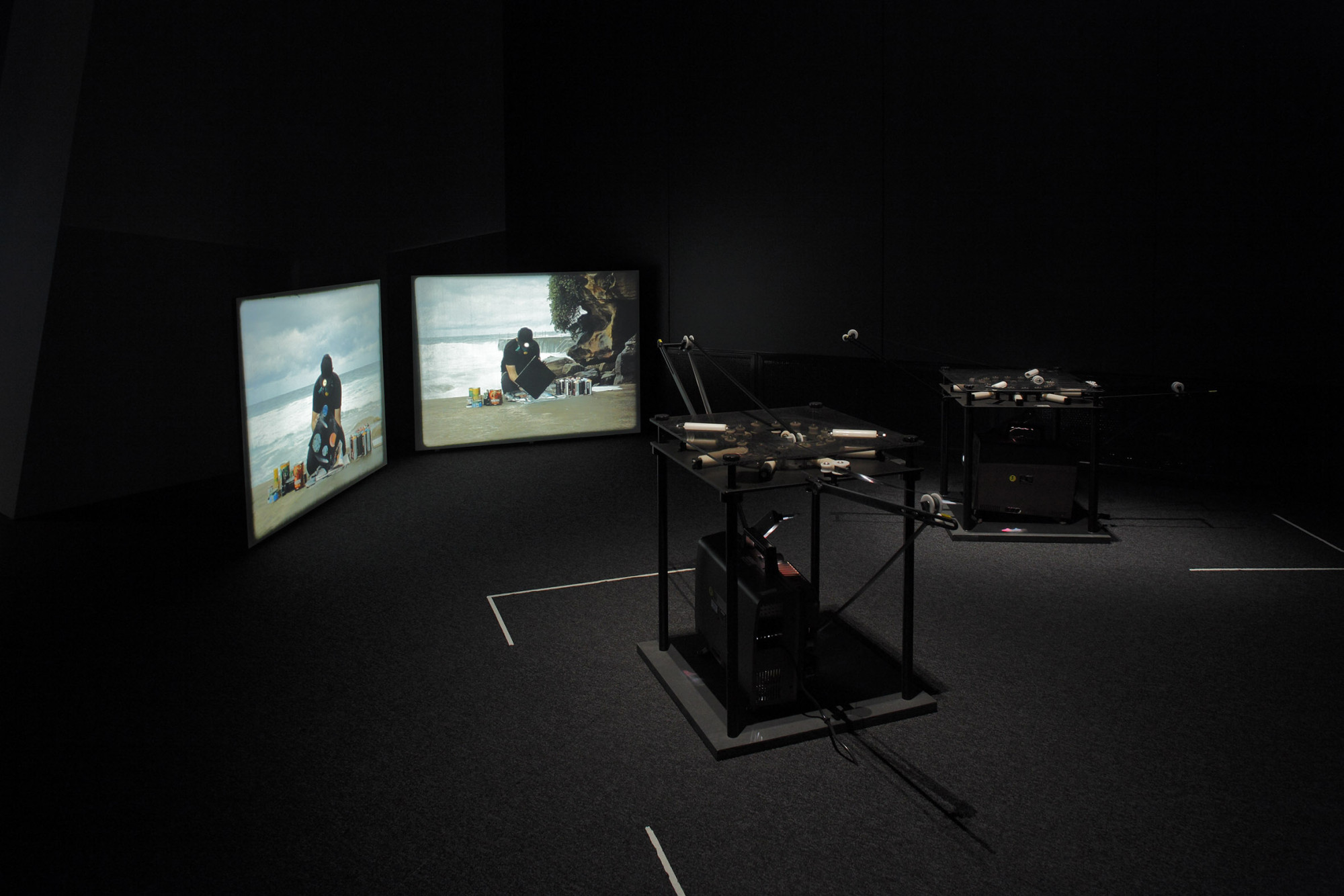
2011
Installation view, Australian Centre for the Moving Image
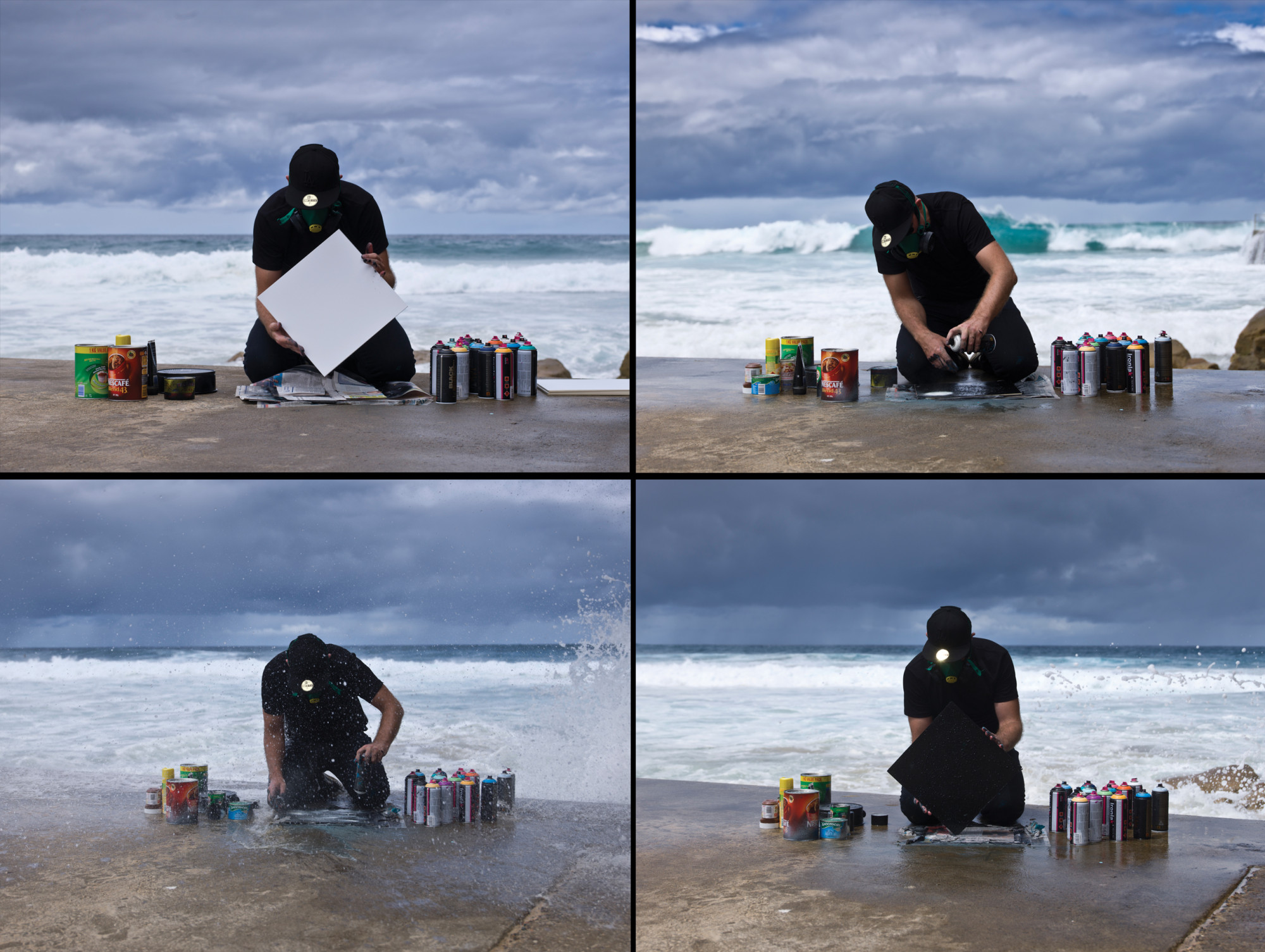
2011
(stills) Two-channel HD video, 16:9, colour, sound
11 minutes
Cinematography: Gotaro Uematsu
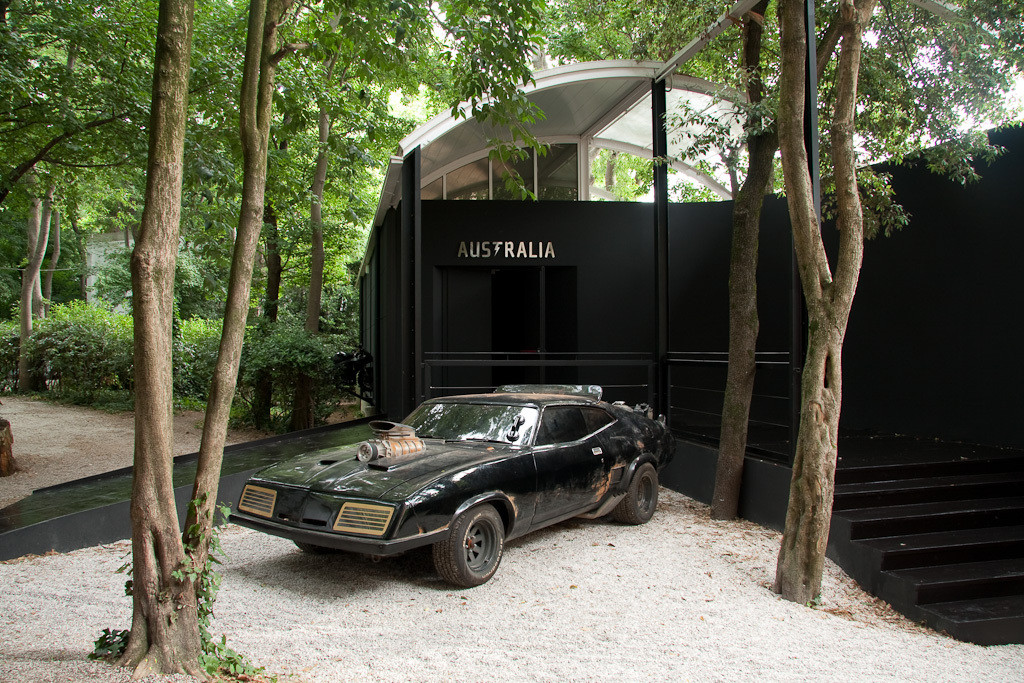
2009
Installation view, Australia Pavilion, 53rd International Art Exhibition La Biennale di Venezia
Photo: Josh Raymond
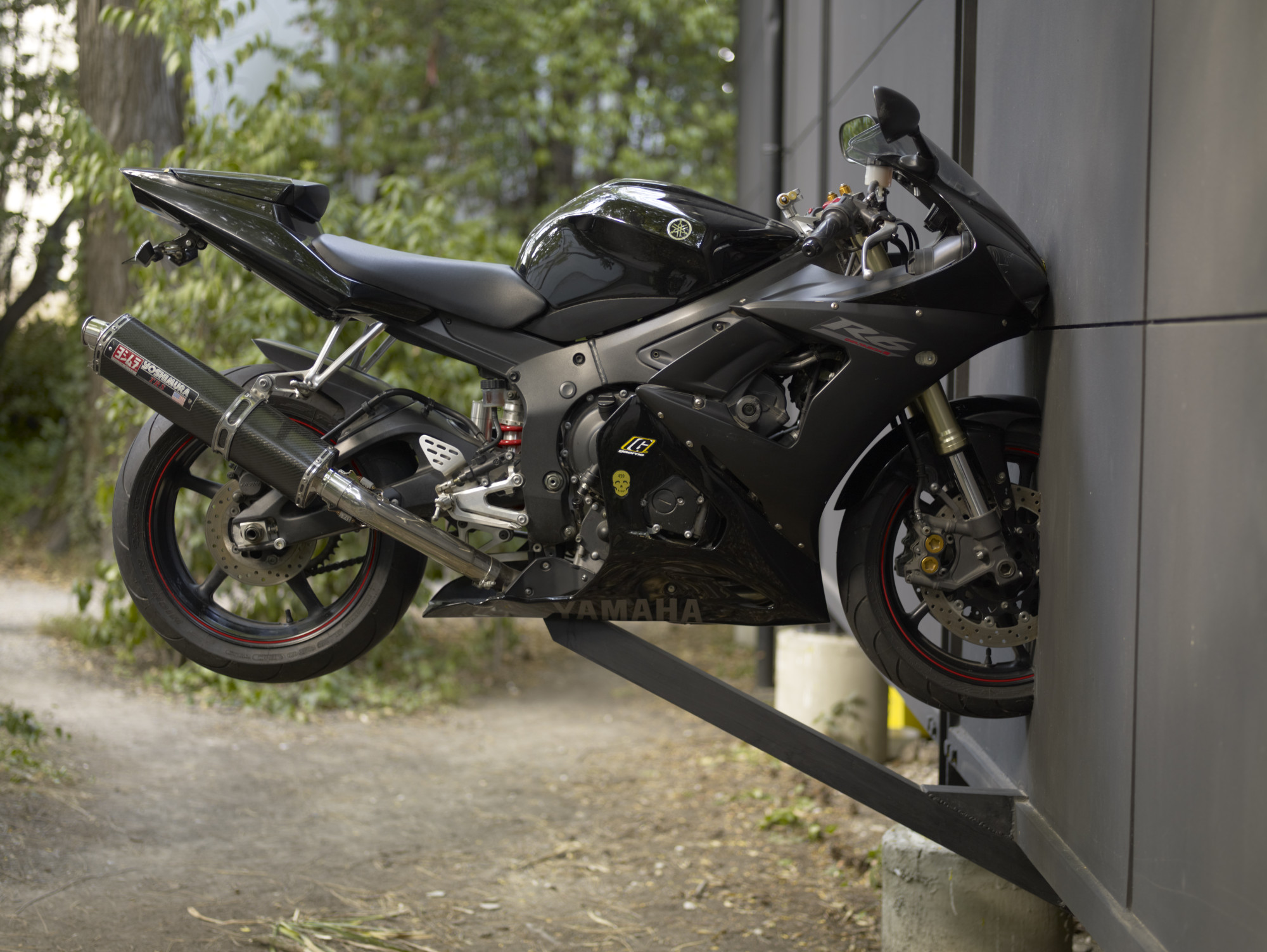
2009
Installation view, Australia Pavilion, 53rd International Art Exhibition La Biennale di Venezia
Photo: Josh Raymond
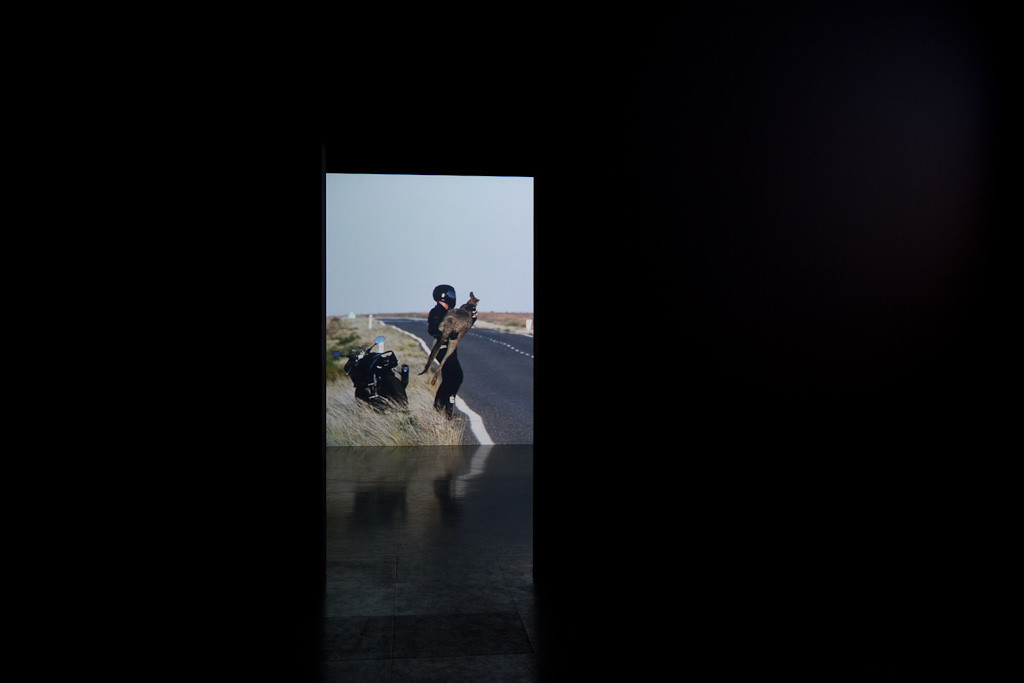
2009
Installation view, Australia Pavilion, 53rd International Art Exhibition La Biennale di Venezia
Photo: Josh Raymond
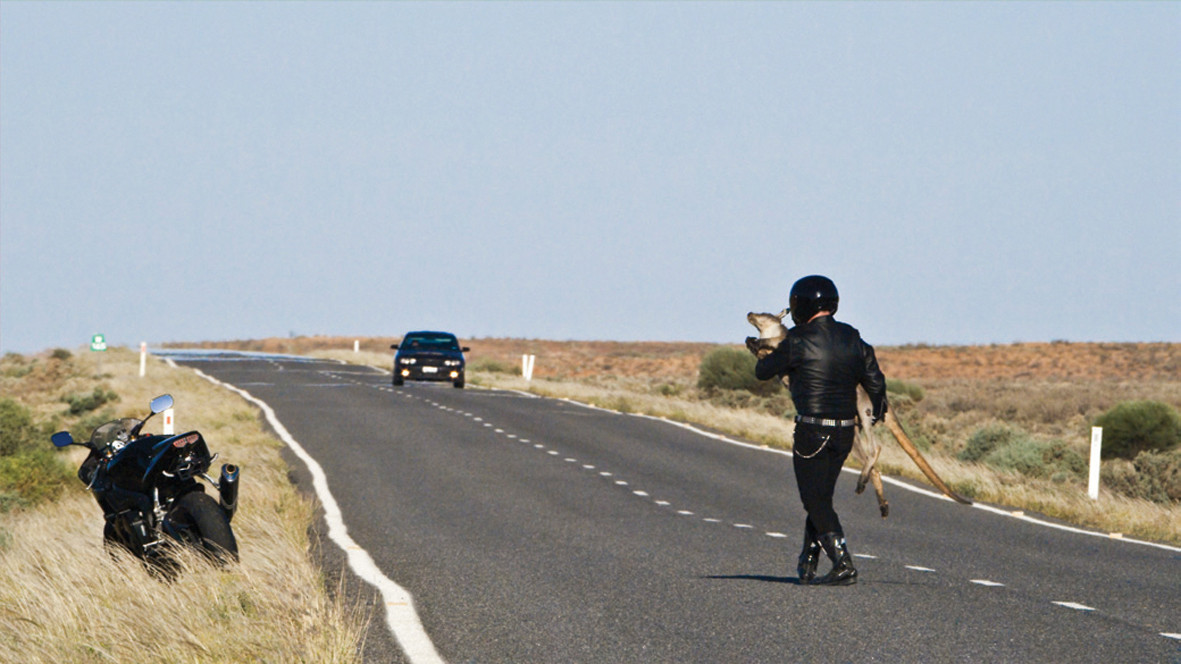
2007–2009
(still) HD video, 16:9, colour, sound
27 minutes 10 seconds
Cinematographer: Gotaro Uematsu
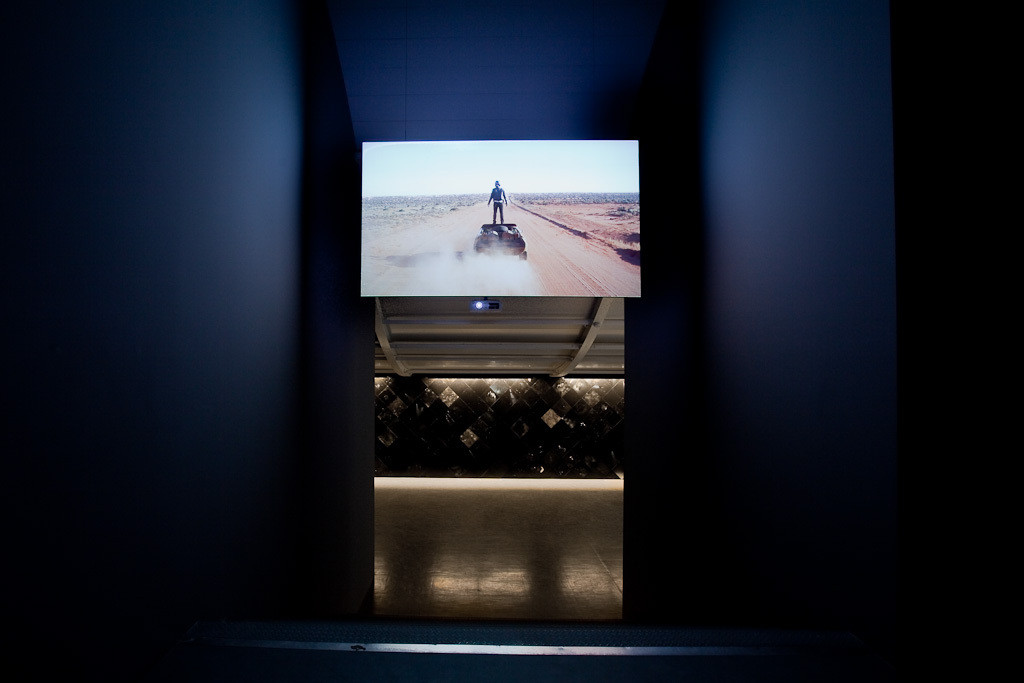
2009
Installation view, Australia Pavilion, 53rd International Art Exhibition La Biennale di Venezia
Photo: Josh Raymond

2009
(stills) Two-channel HD video, 16:9, colour, silent
15 minutes 14 seconds; 12 minutes 28 seconds
Cinematographer: Gotaro Uematsu
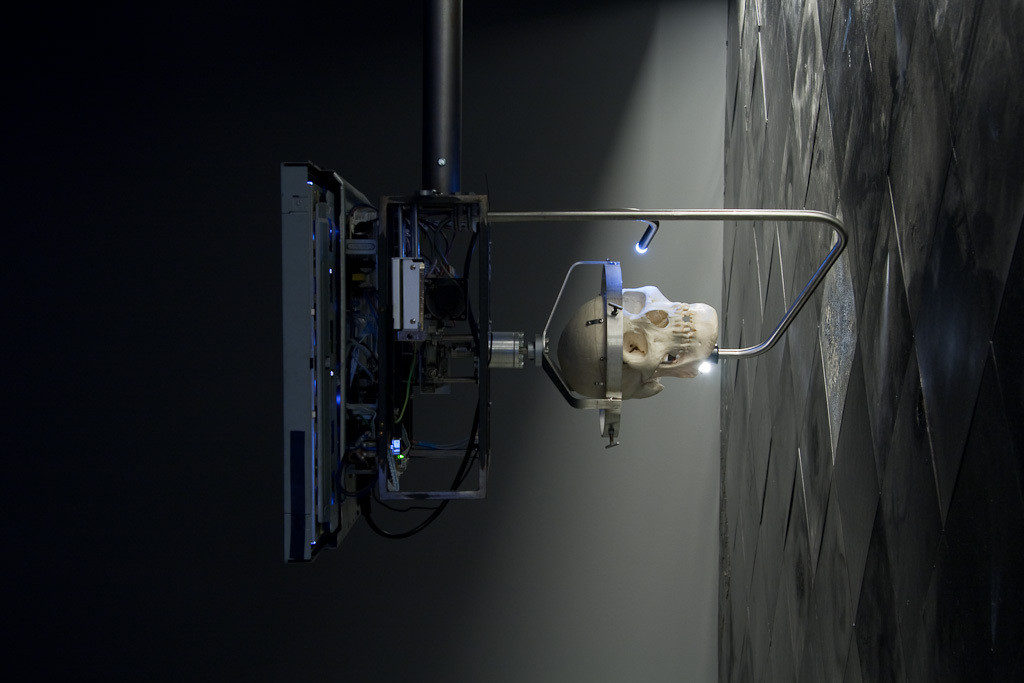
2009
Human skull, endoscopes, electronics, screen
Dimensions variable
Installation view, Australia Pavilion, 53rd International Art Exhibition La Biennale di Venezia
Photo: Josh Raymond
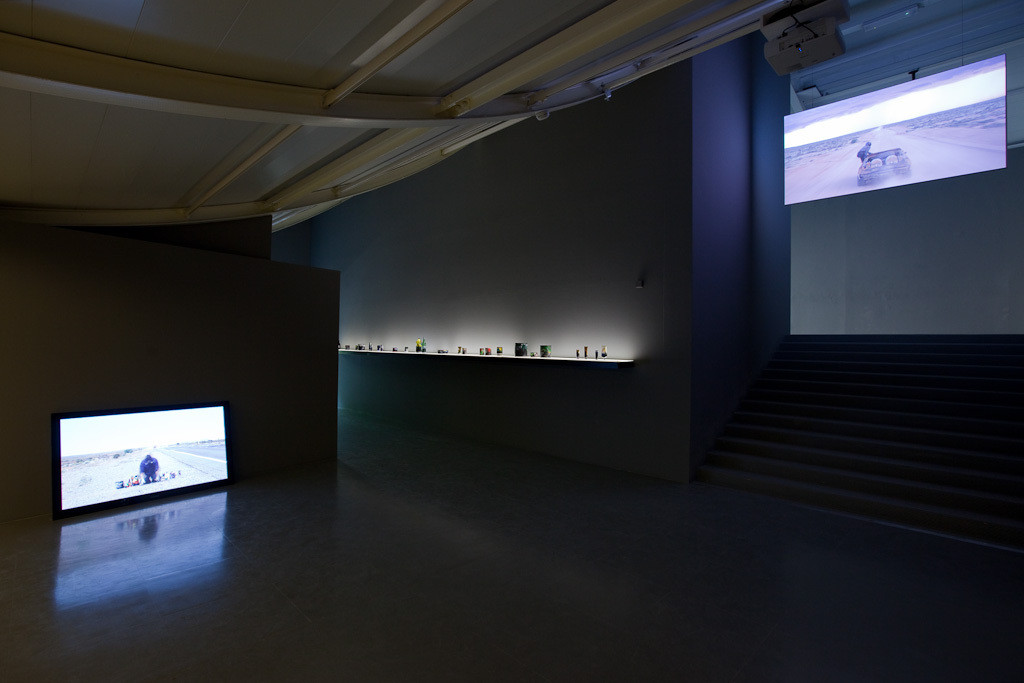
2009
Installation view, Australia Pavilion, 53rd International Art Exhibition La Biennale di Venezia
Photo: Josh Raymond
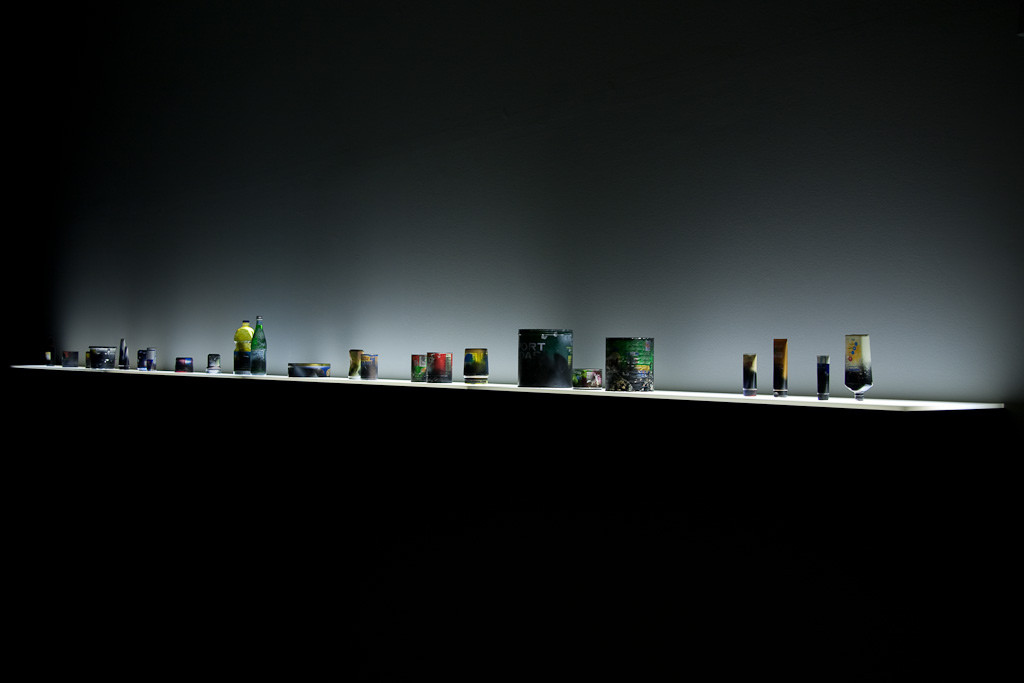
2009
Installation view, Australia Pavilion, 53rd International Art Exhibition La Biennale di Venezia
Photo: Josh Raymond
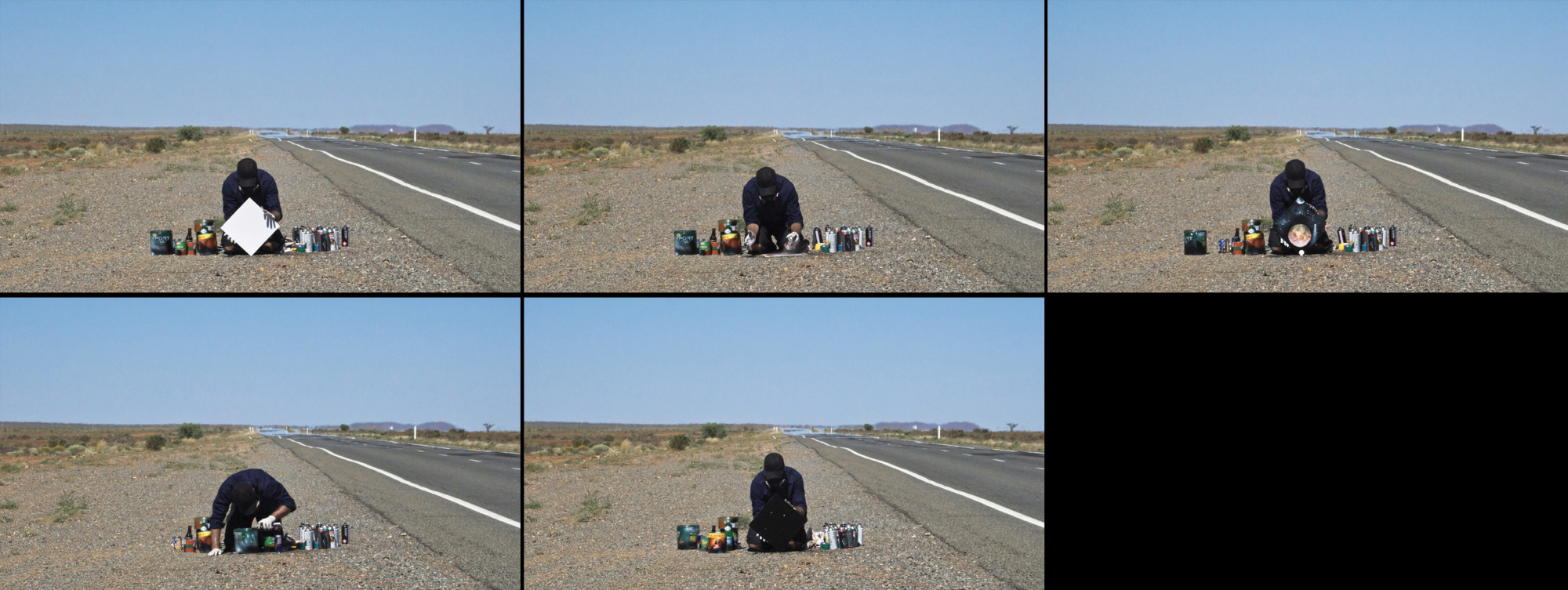
2009
(stills) HD video, 16:9, colour, sound
23 minutes 53 seconds
Cinematographer: Gotaro Uematsu
